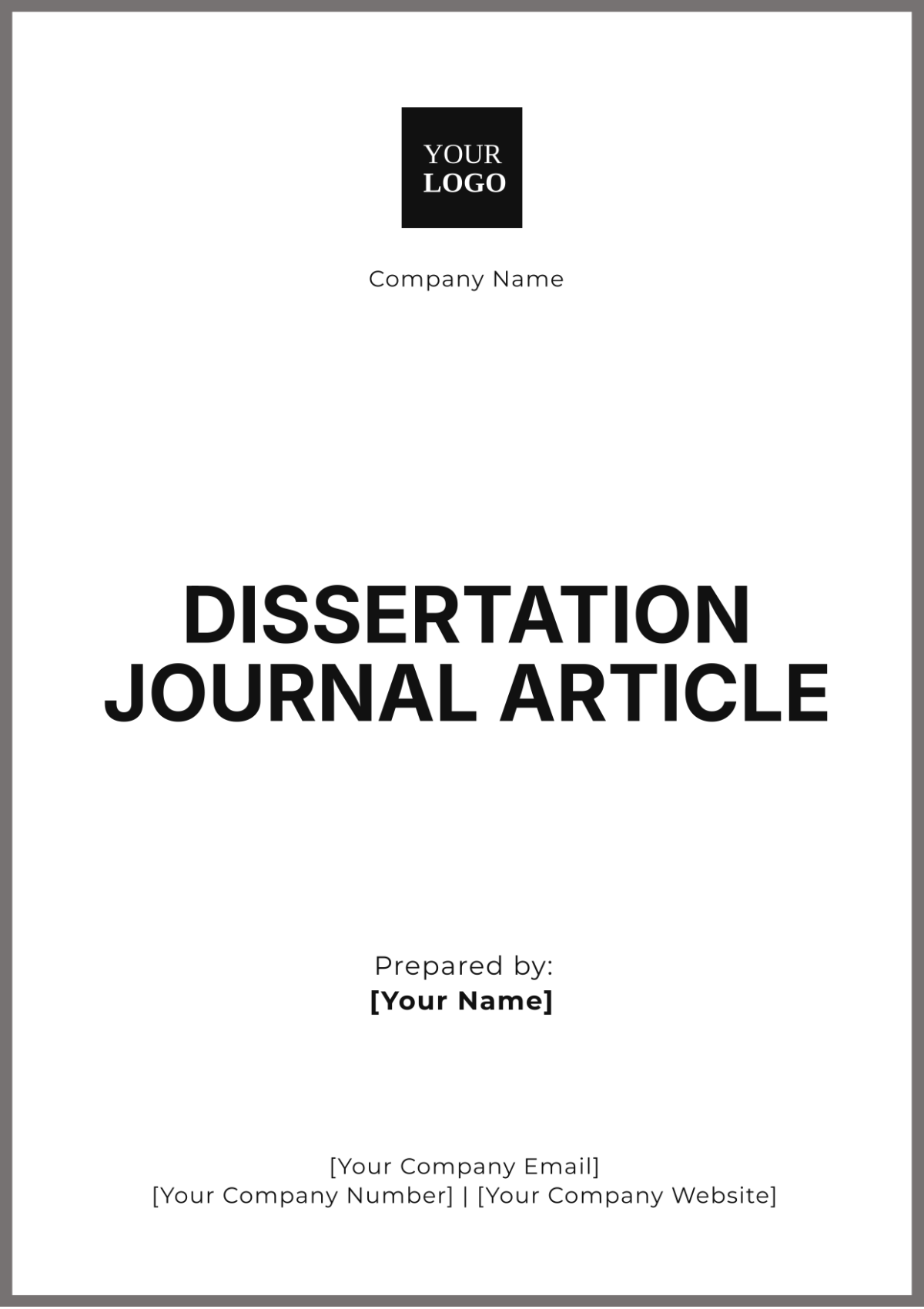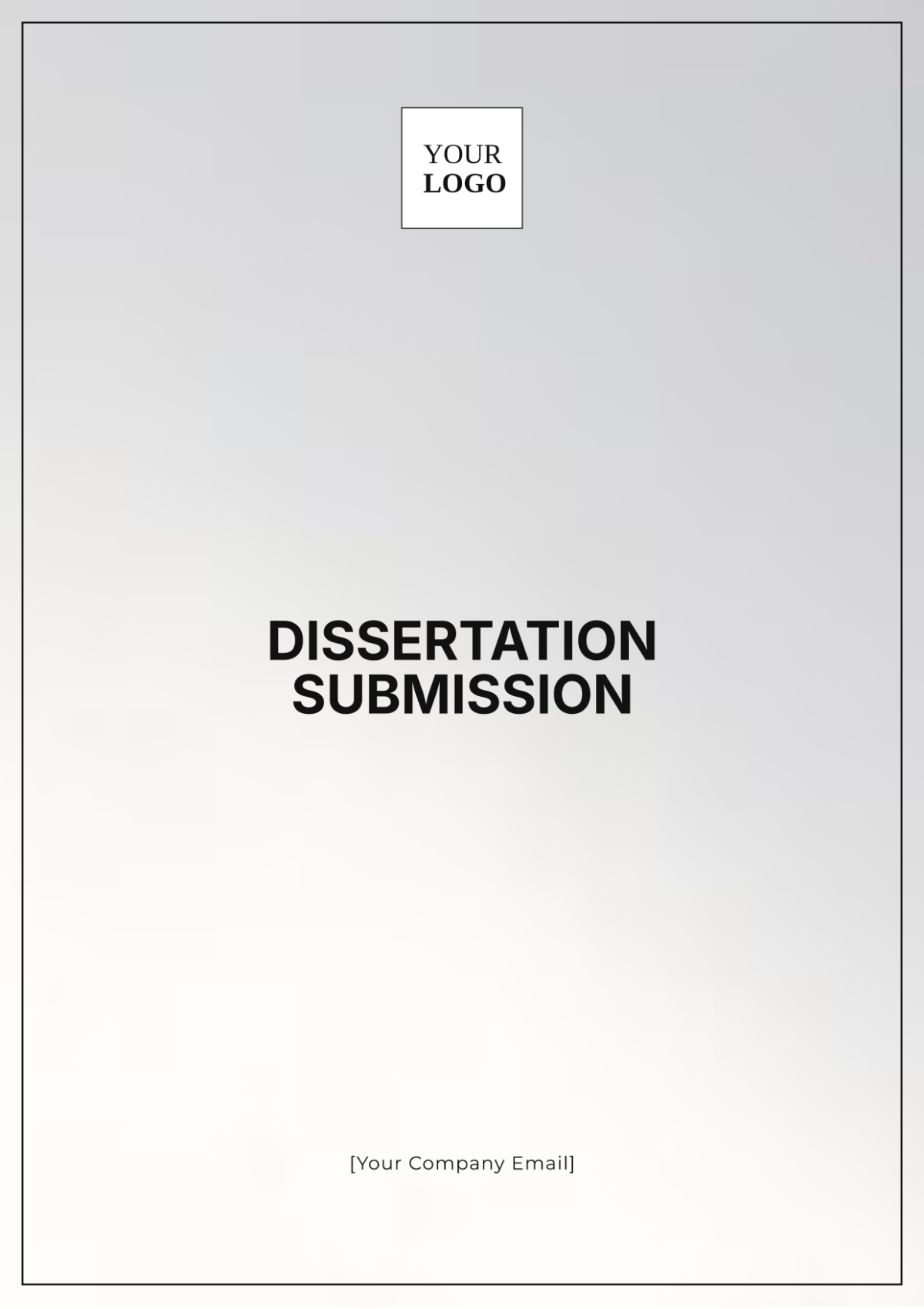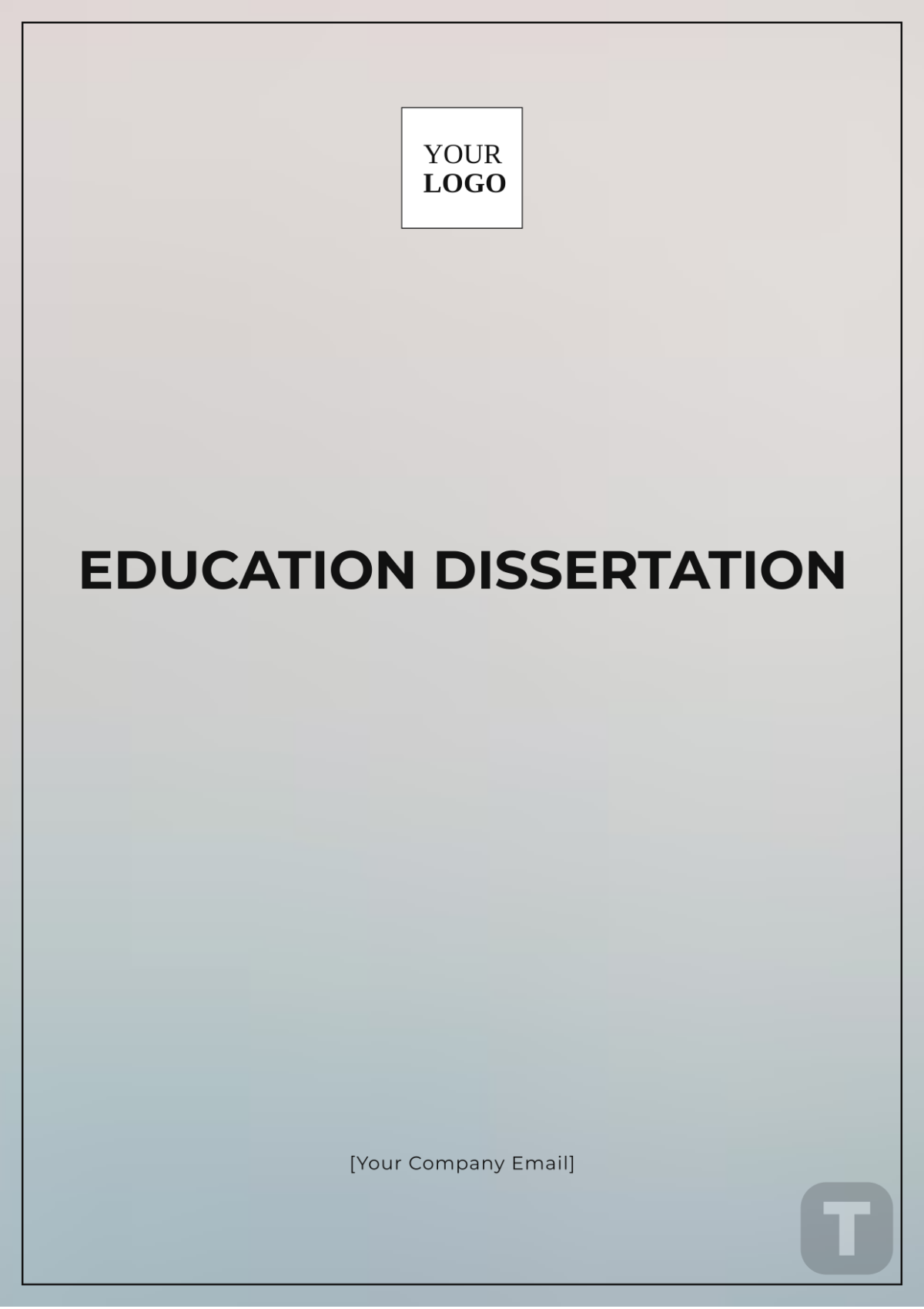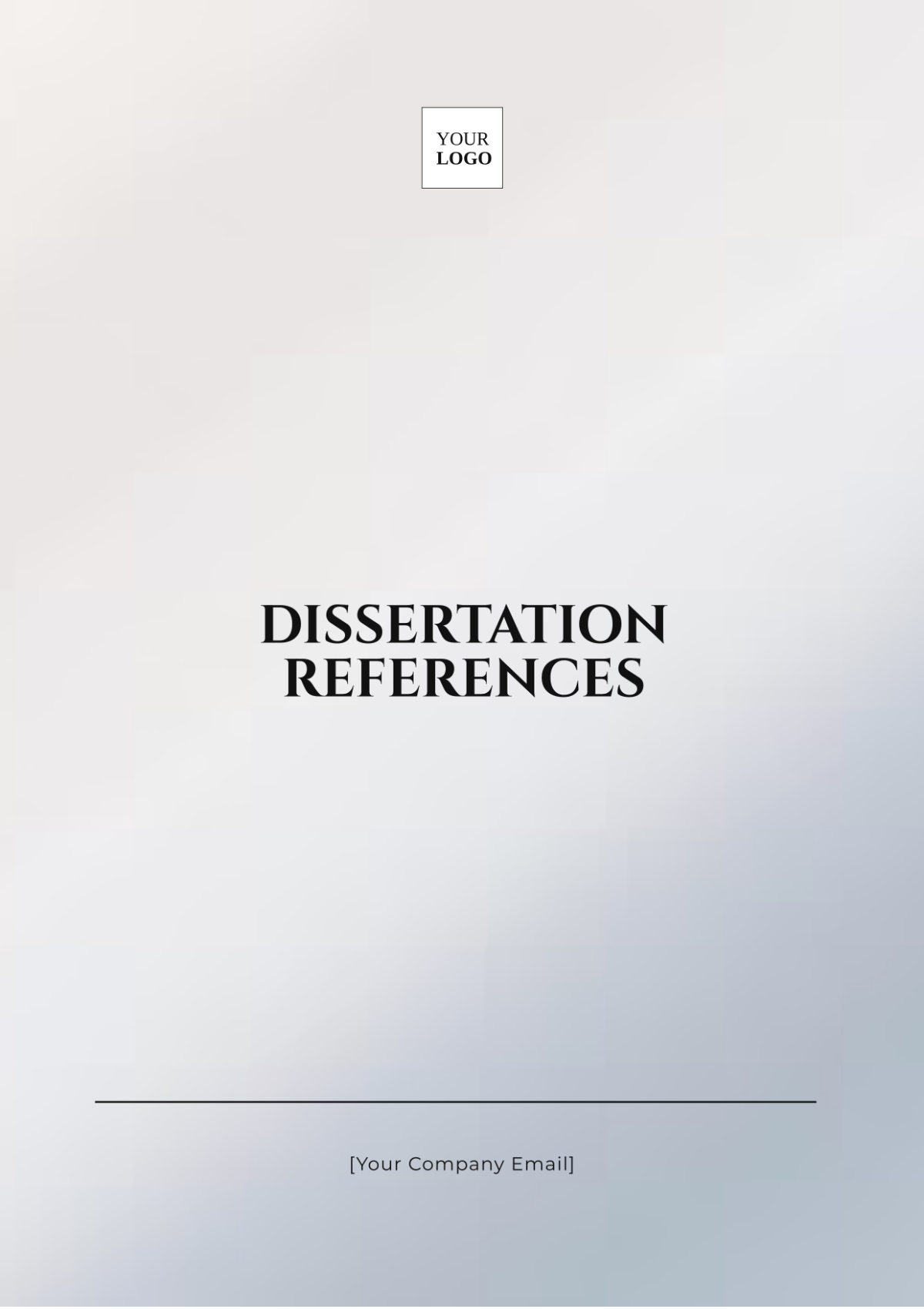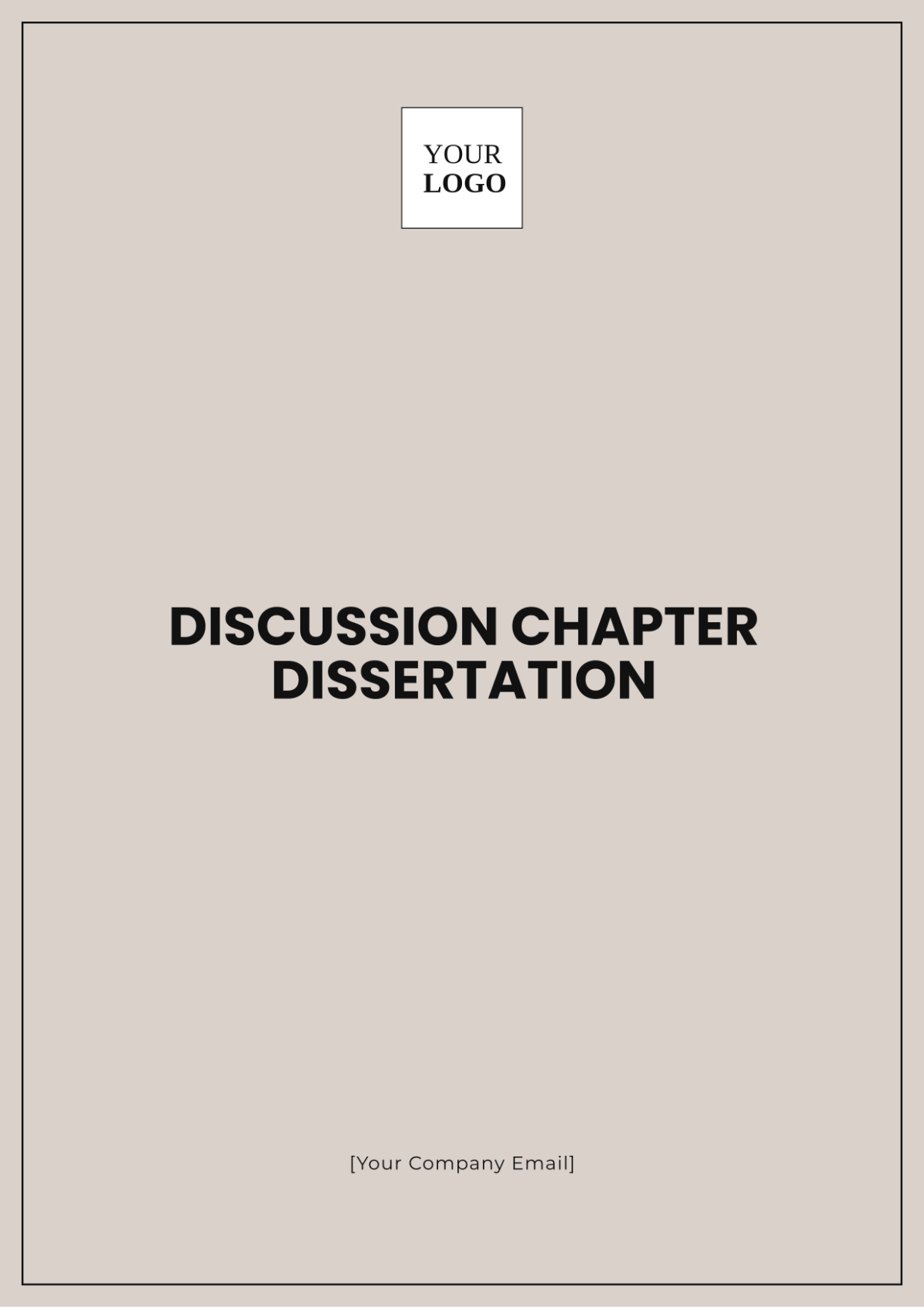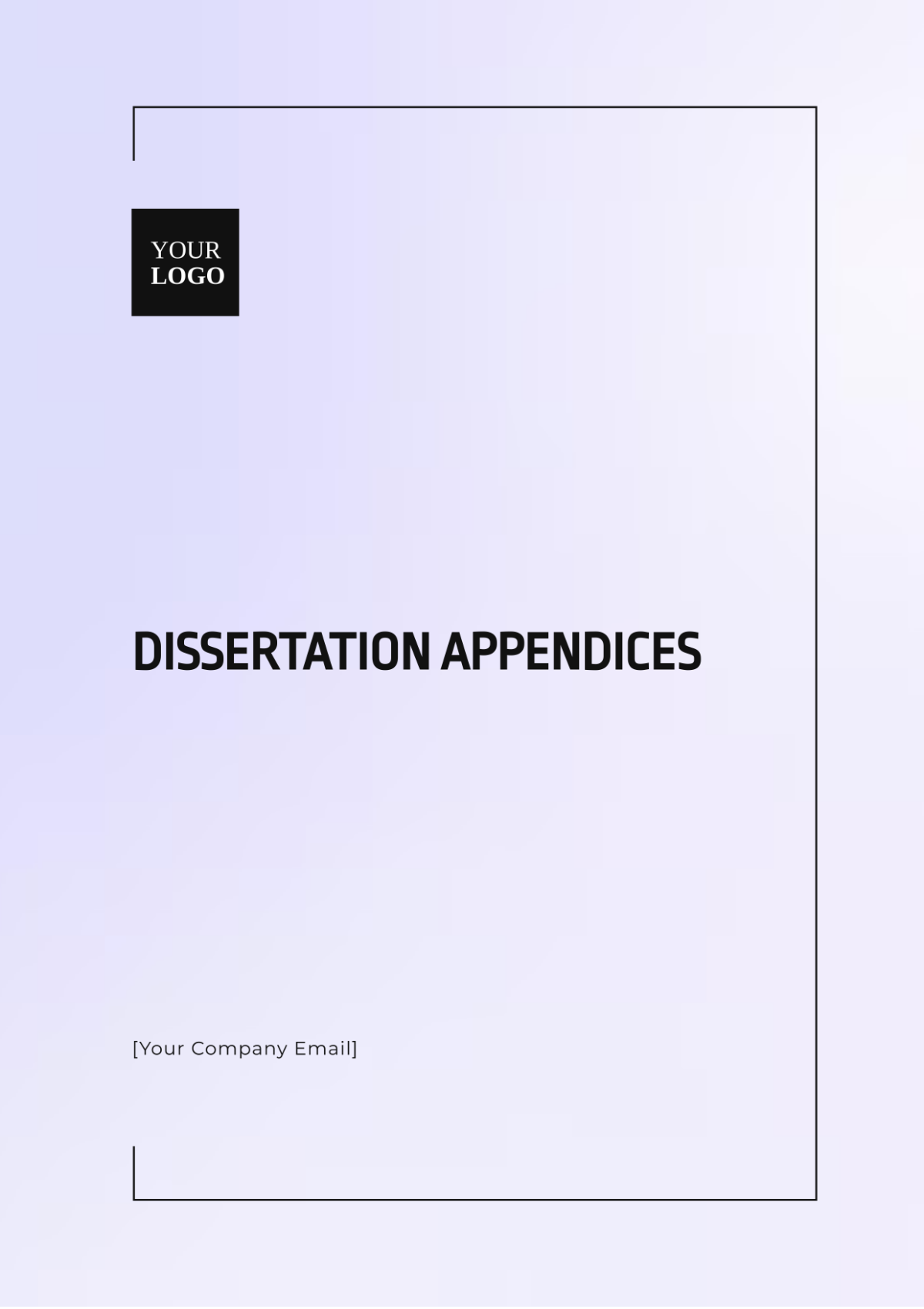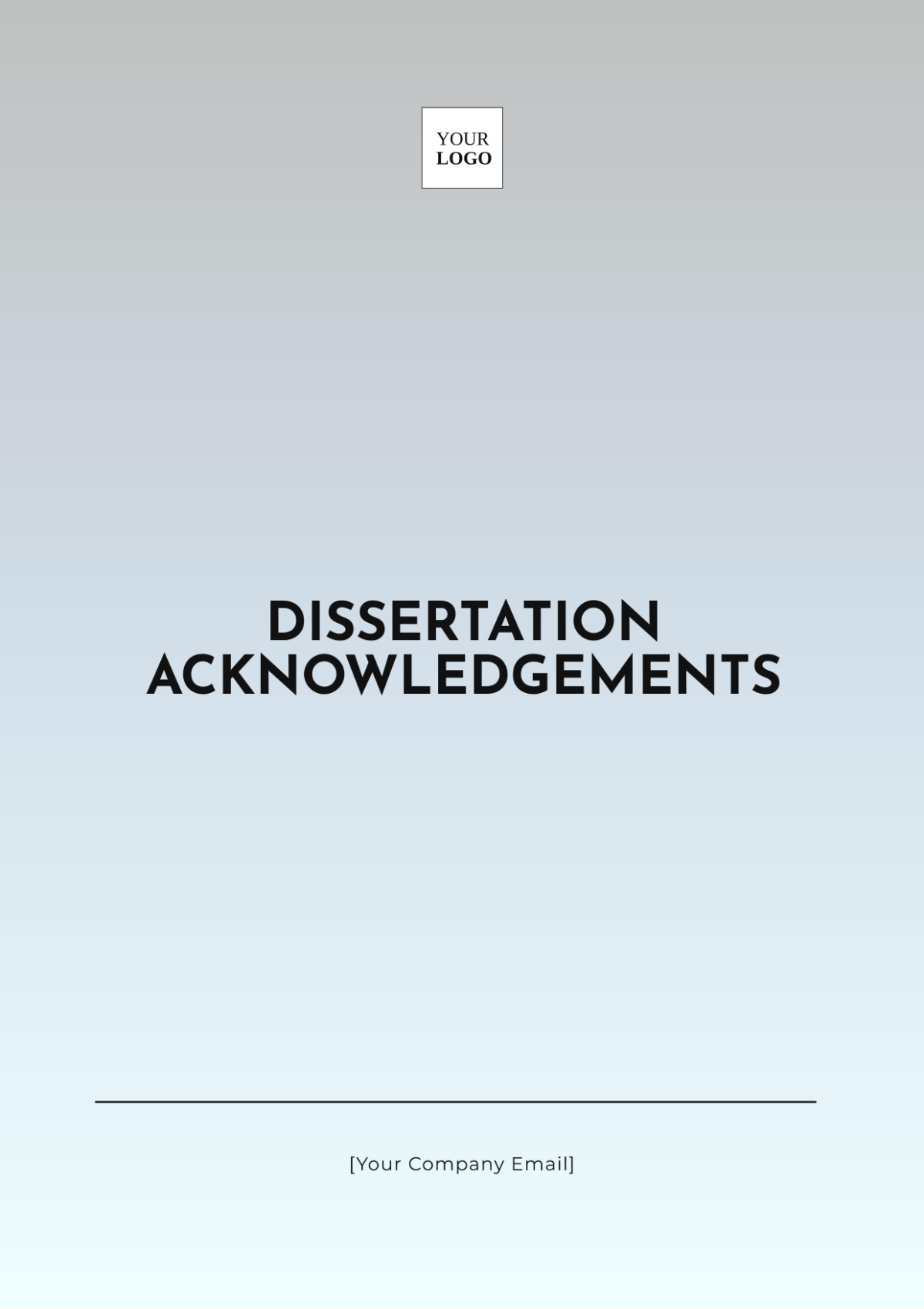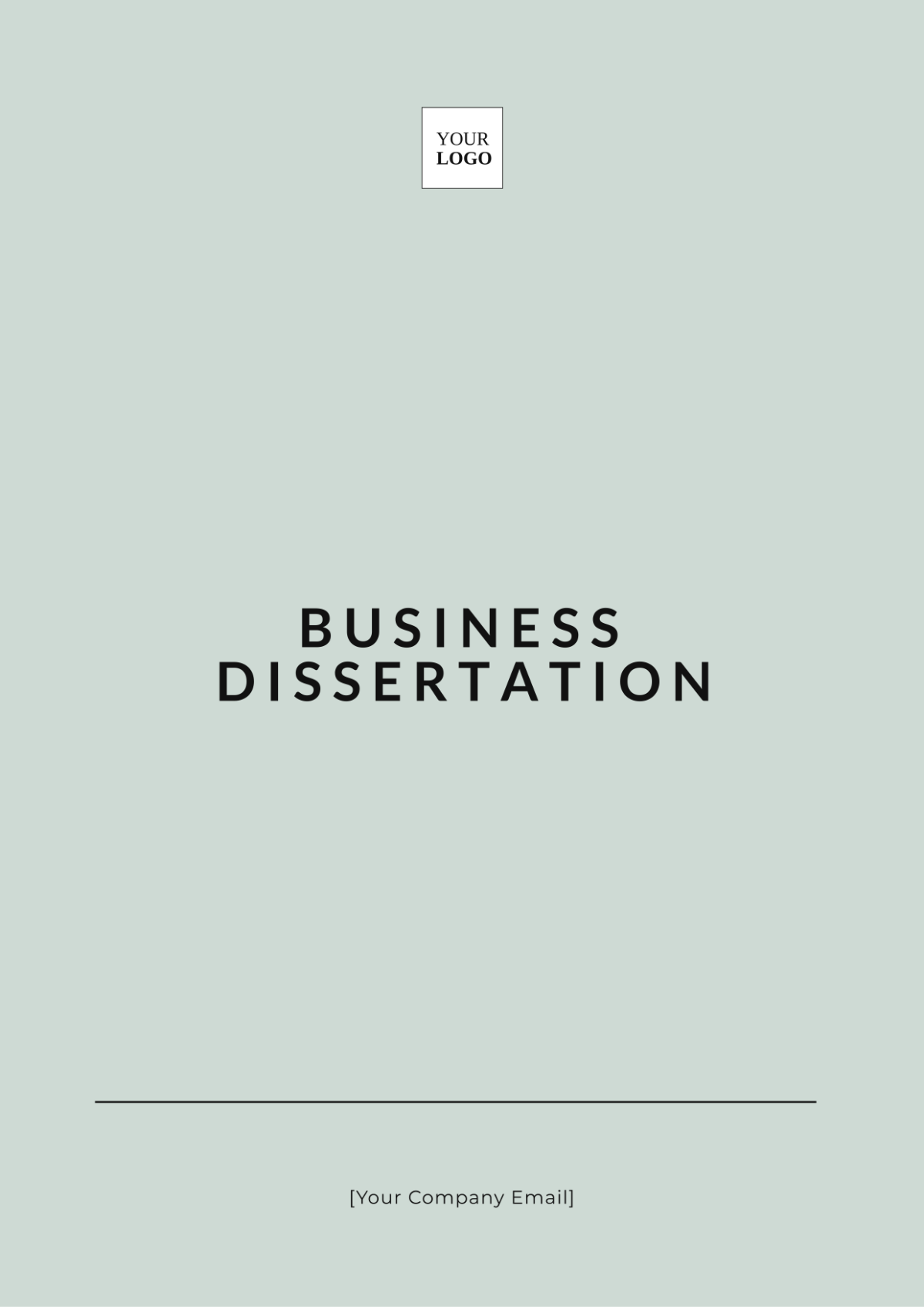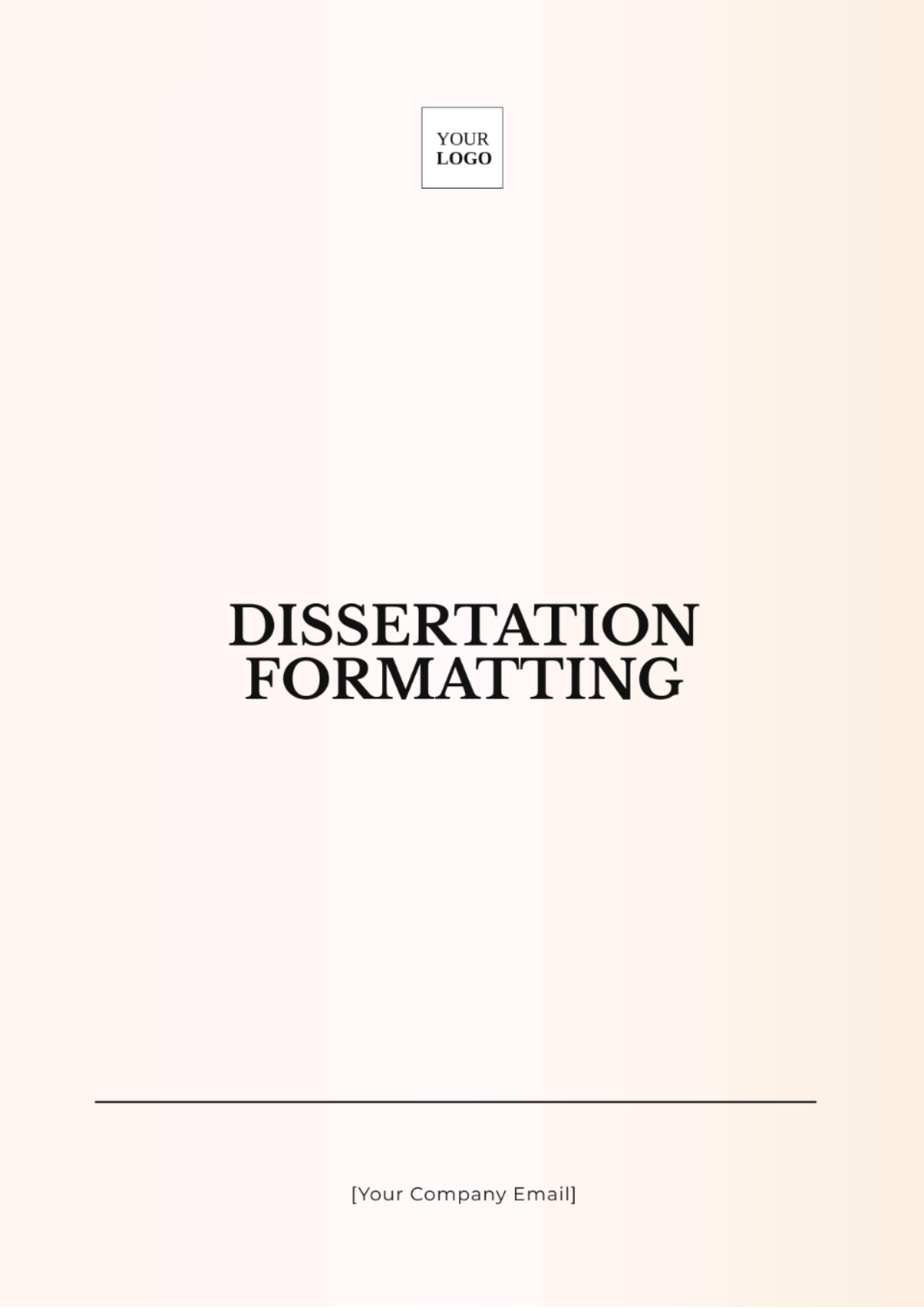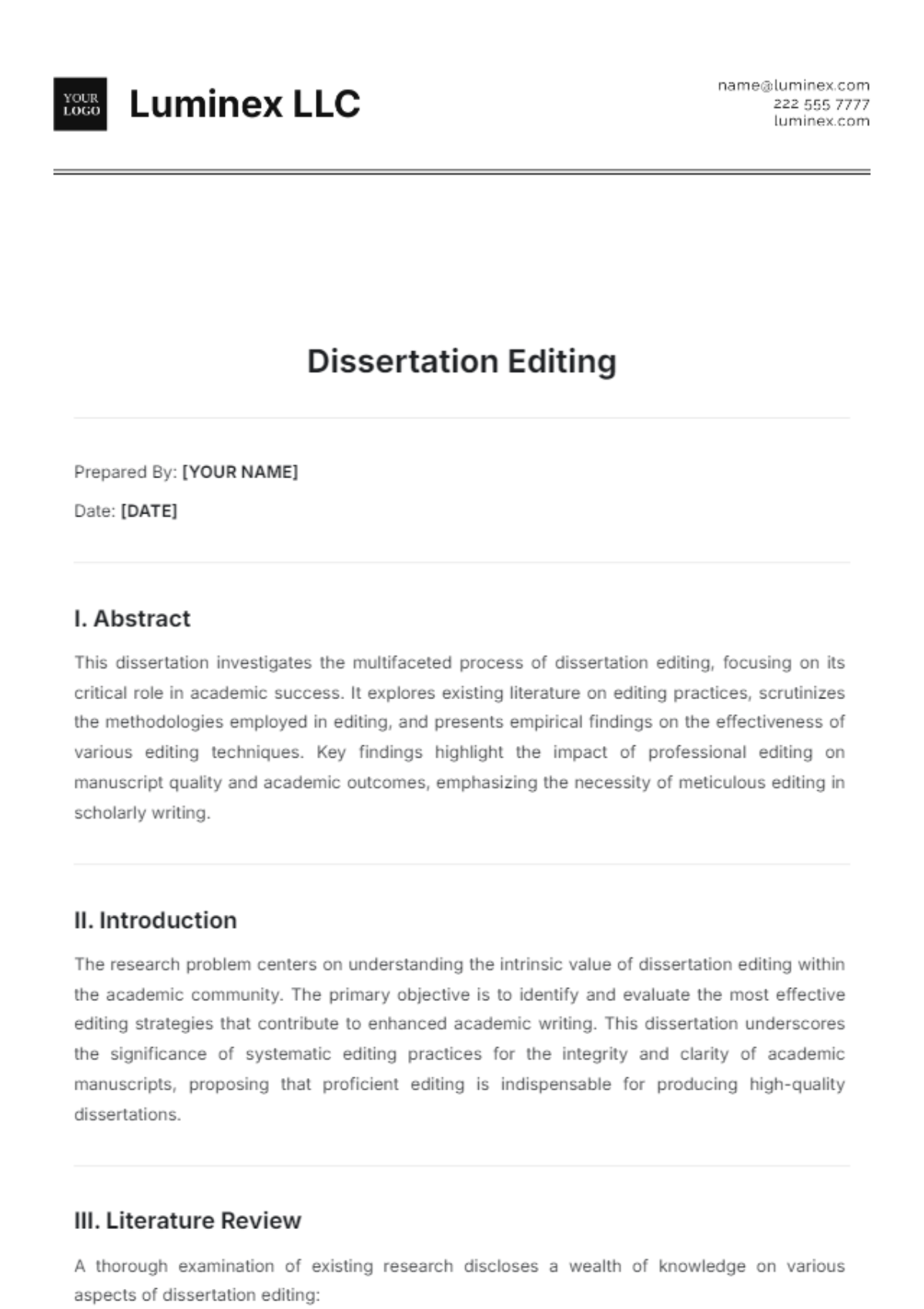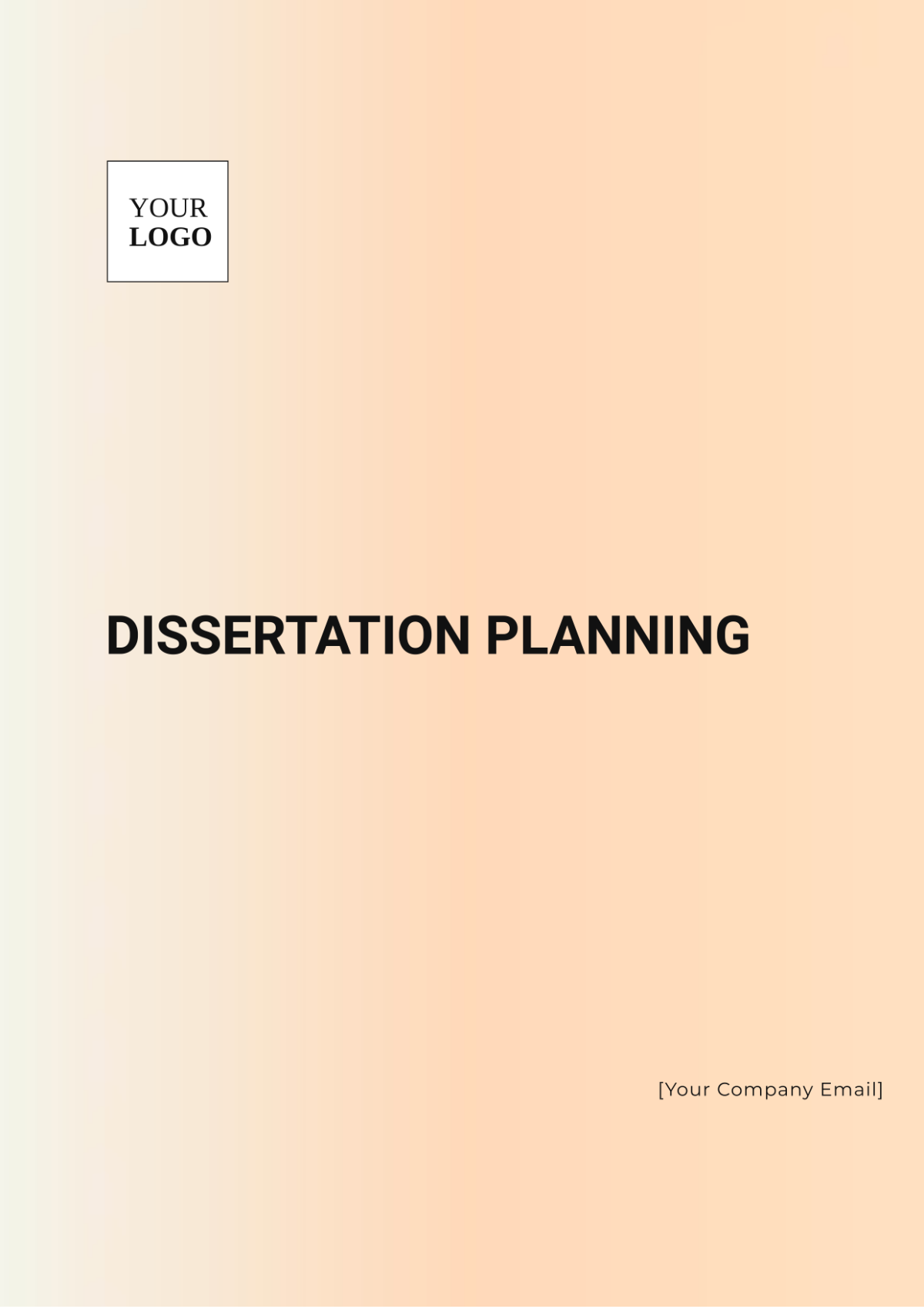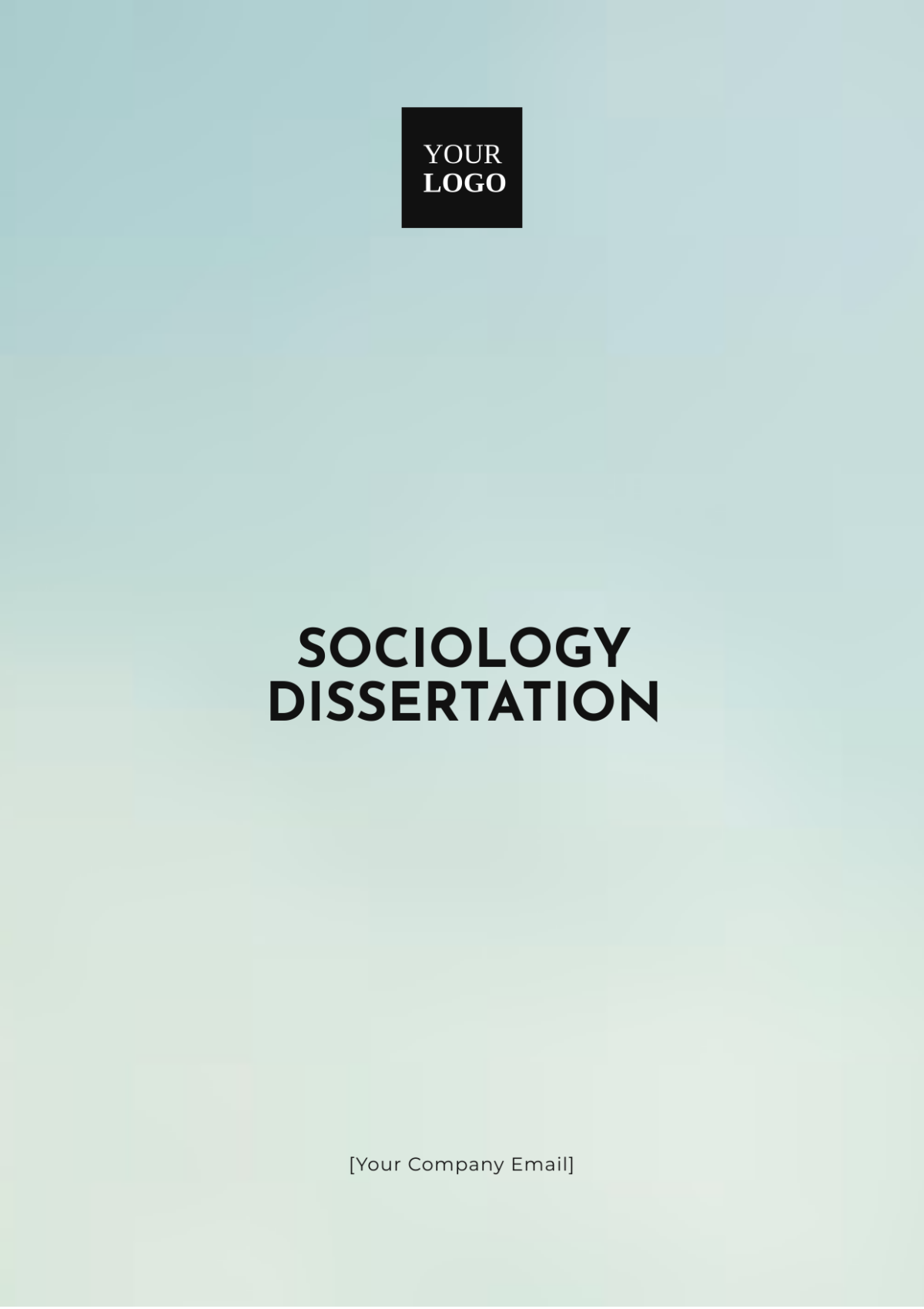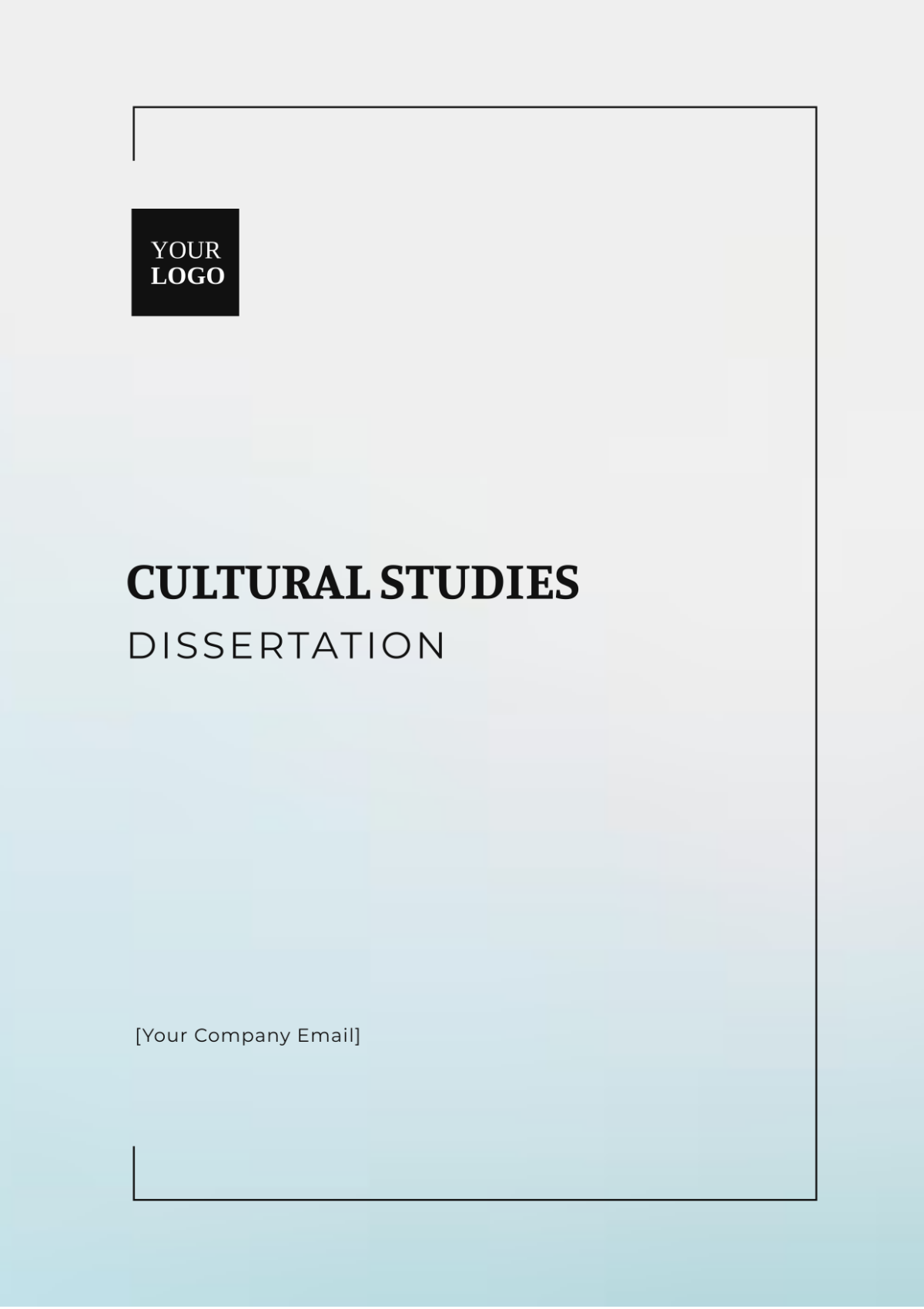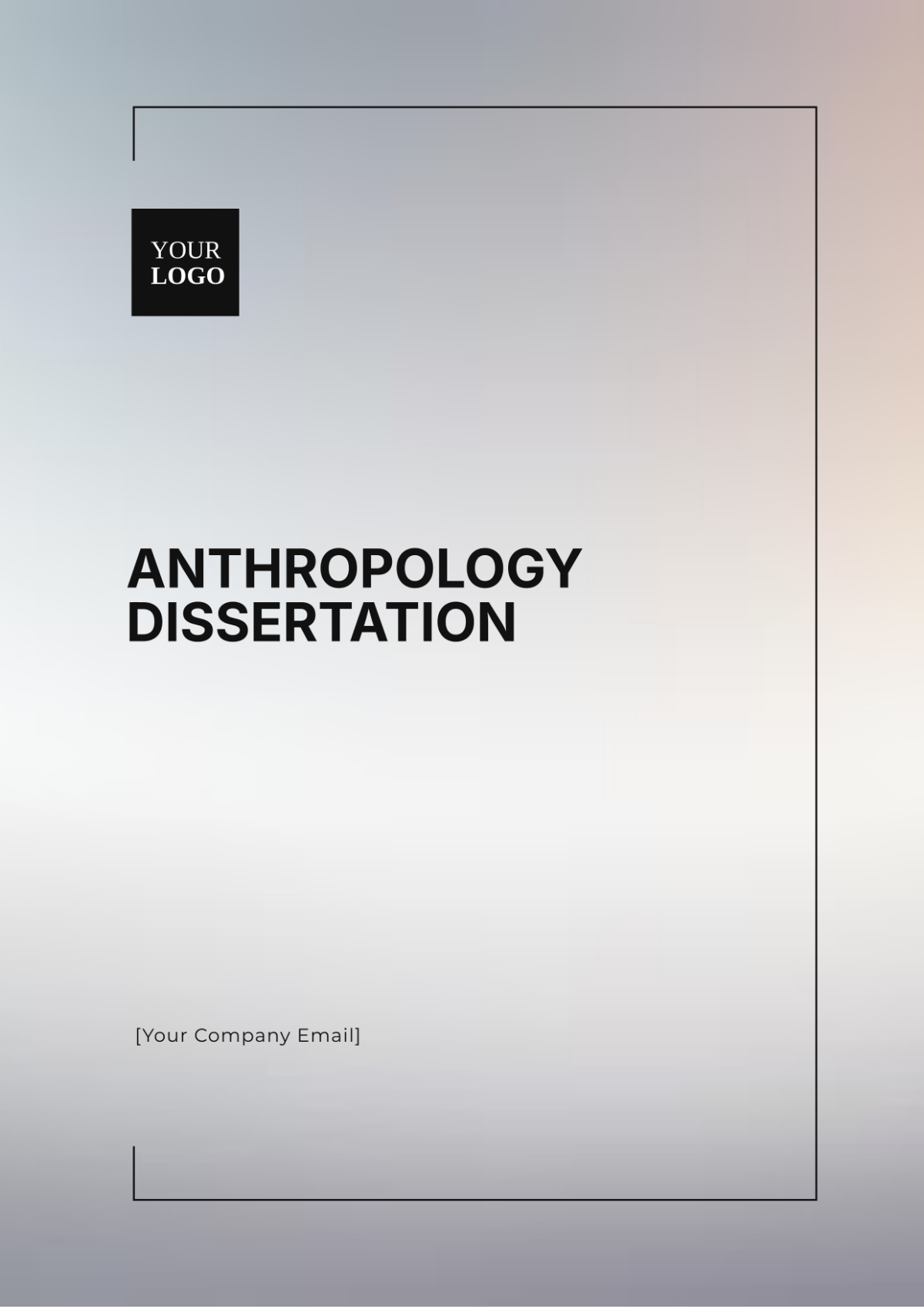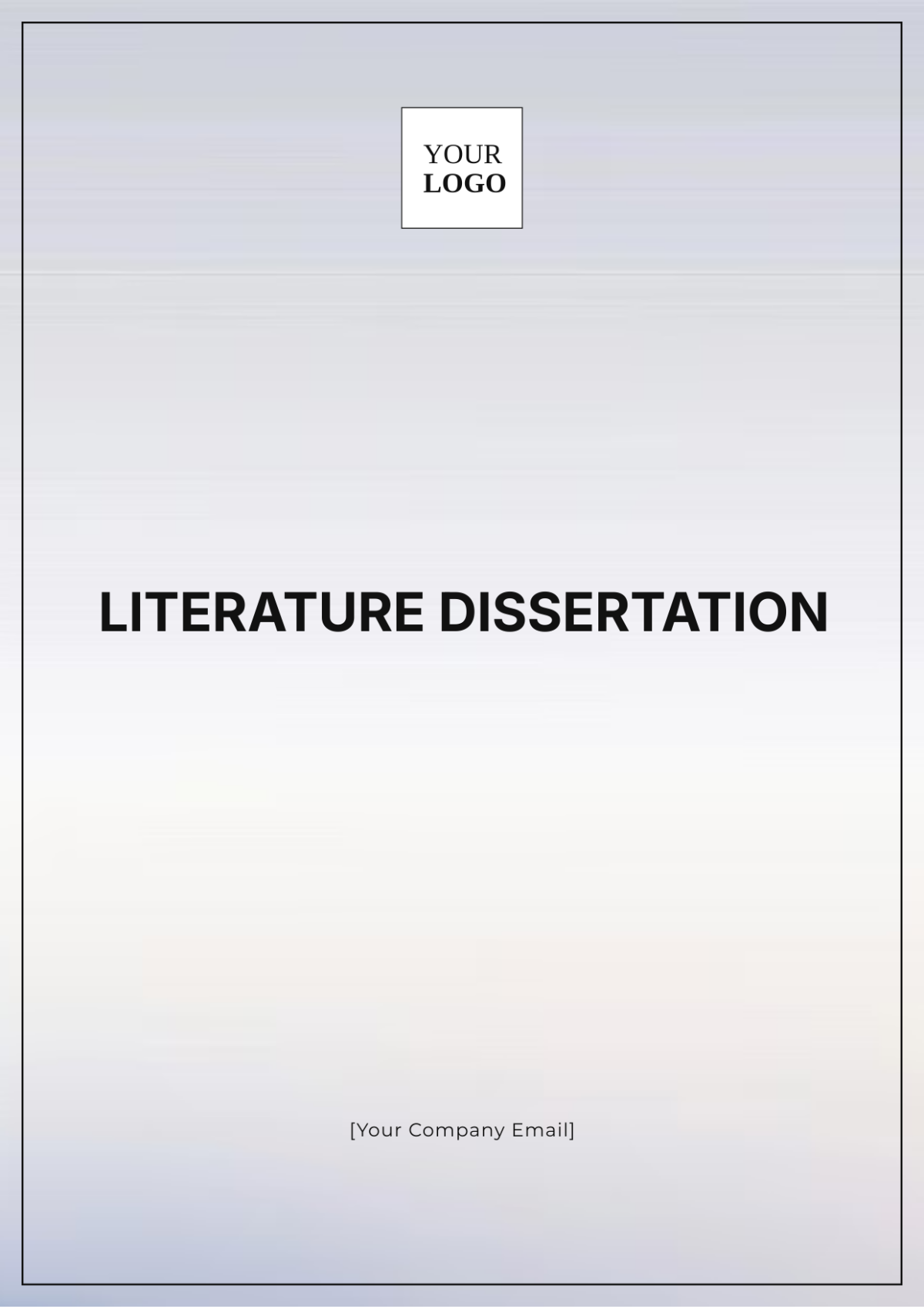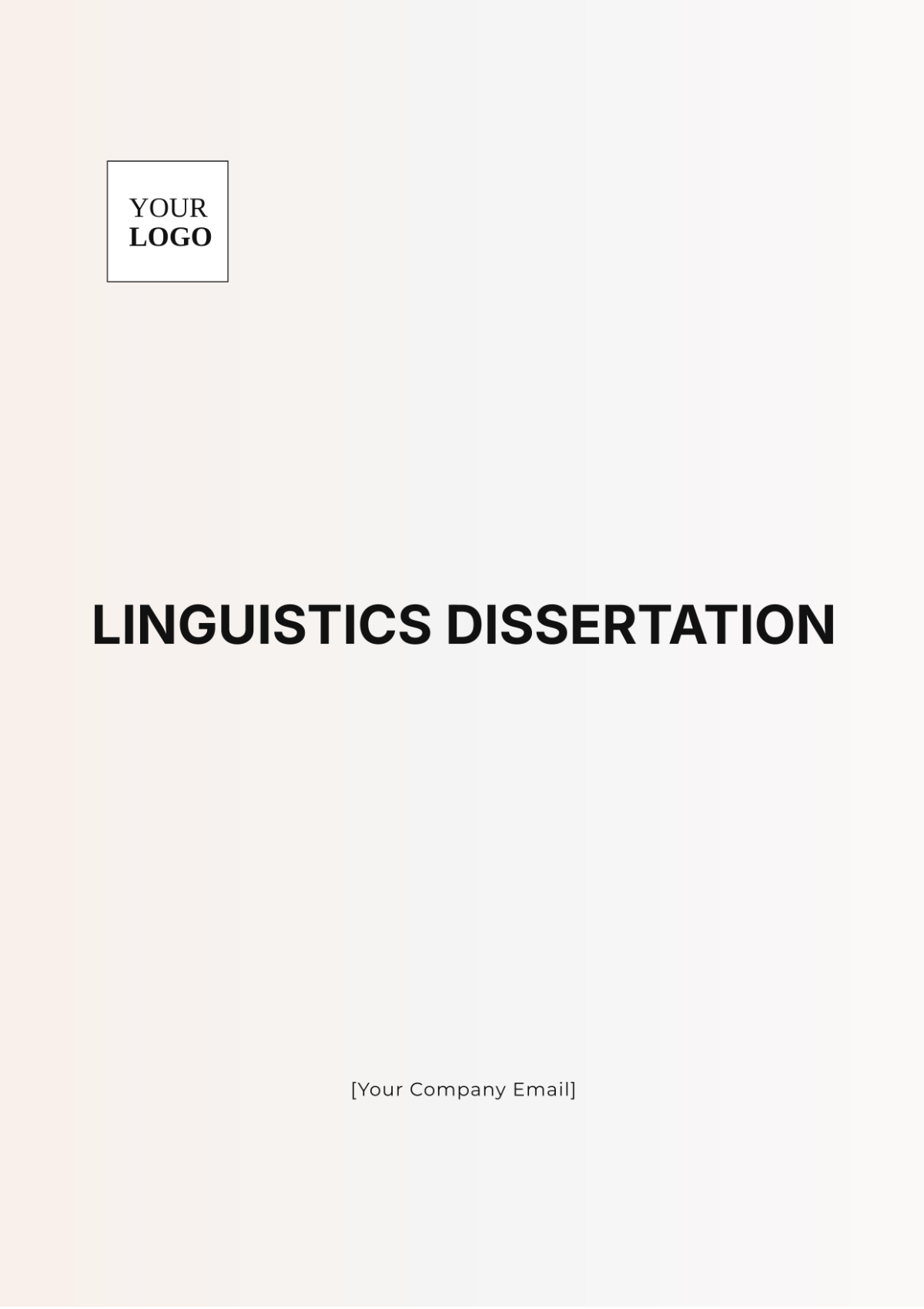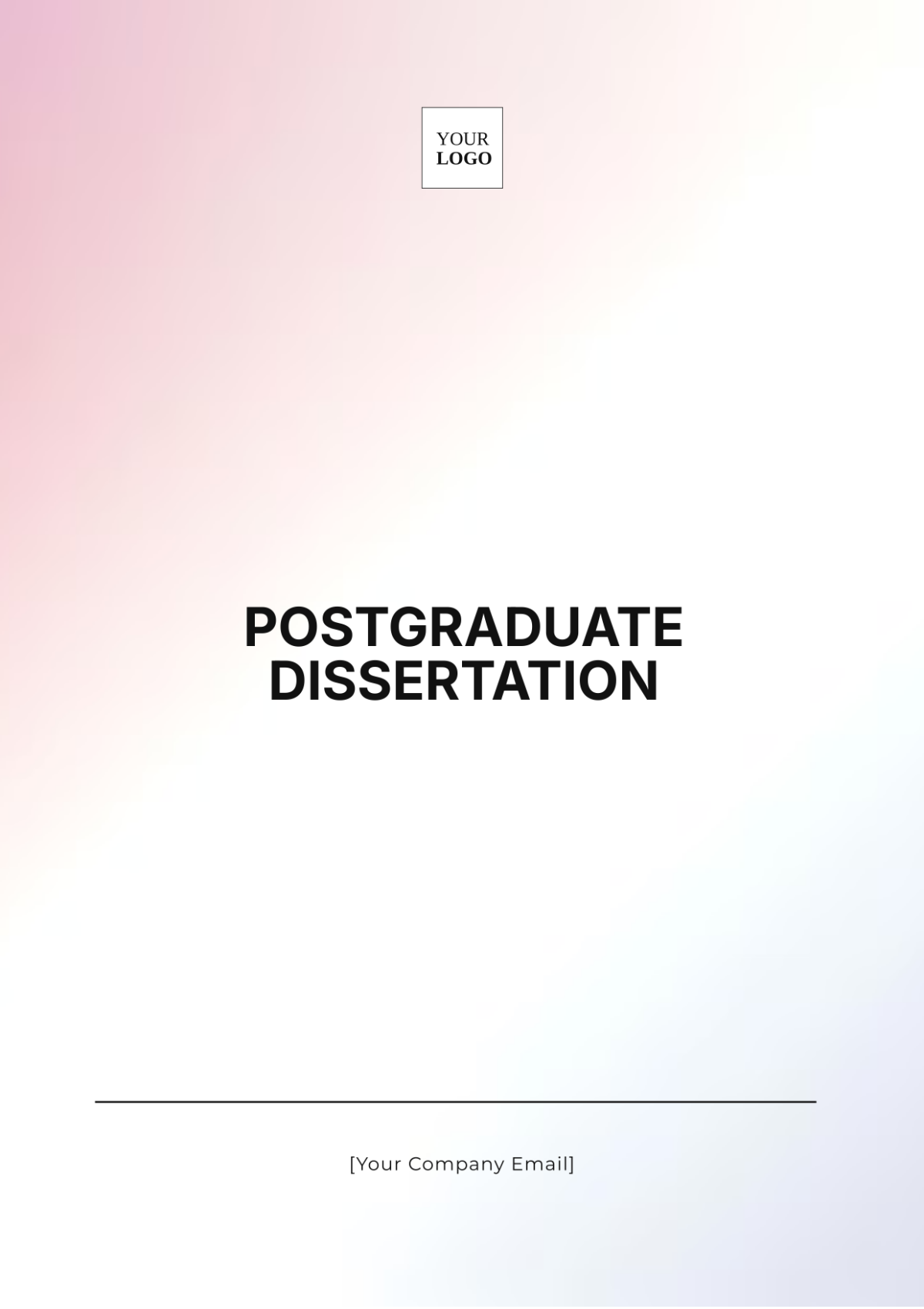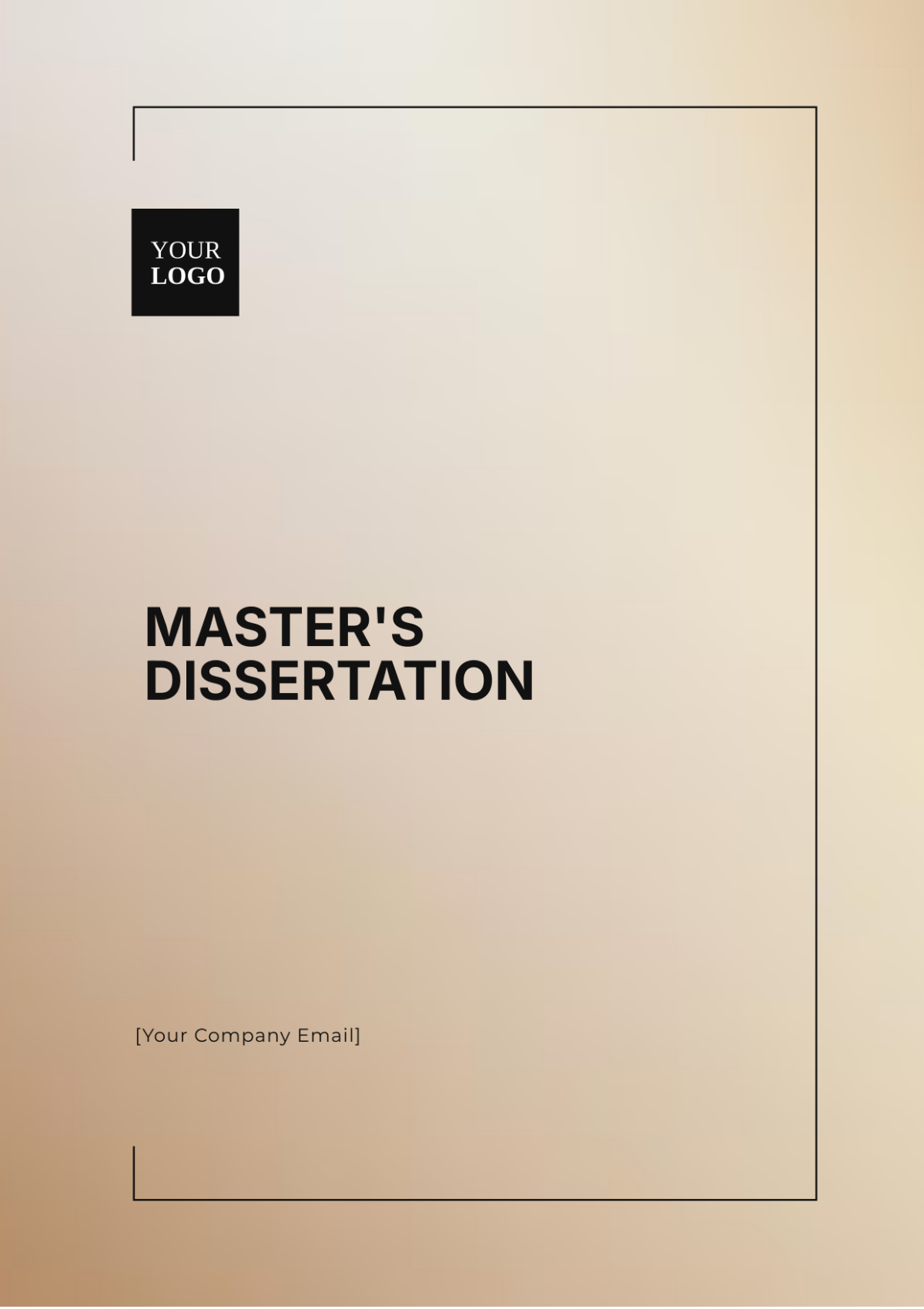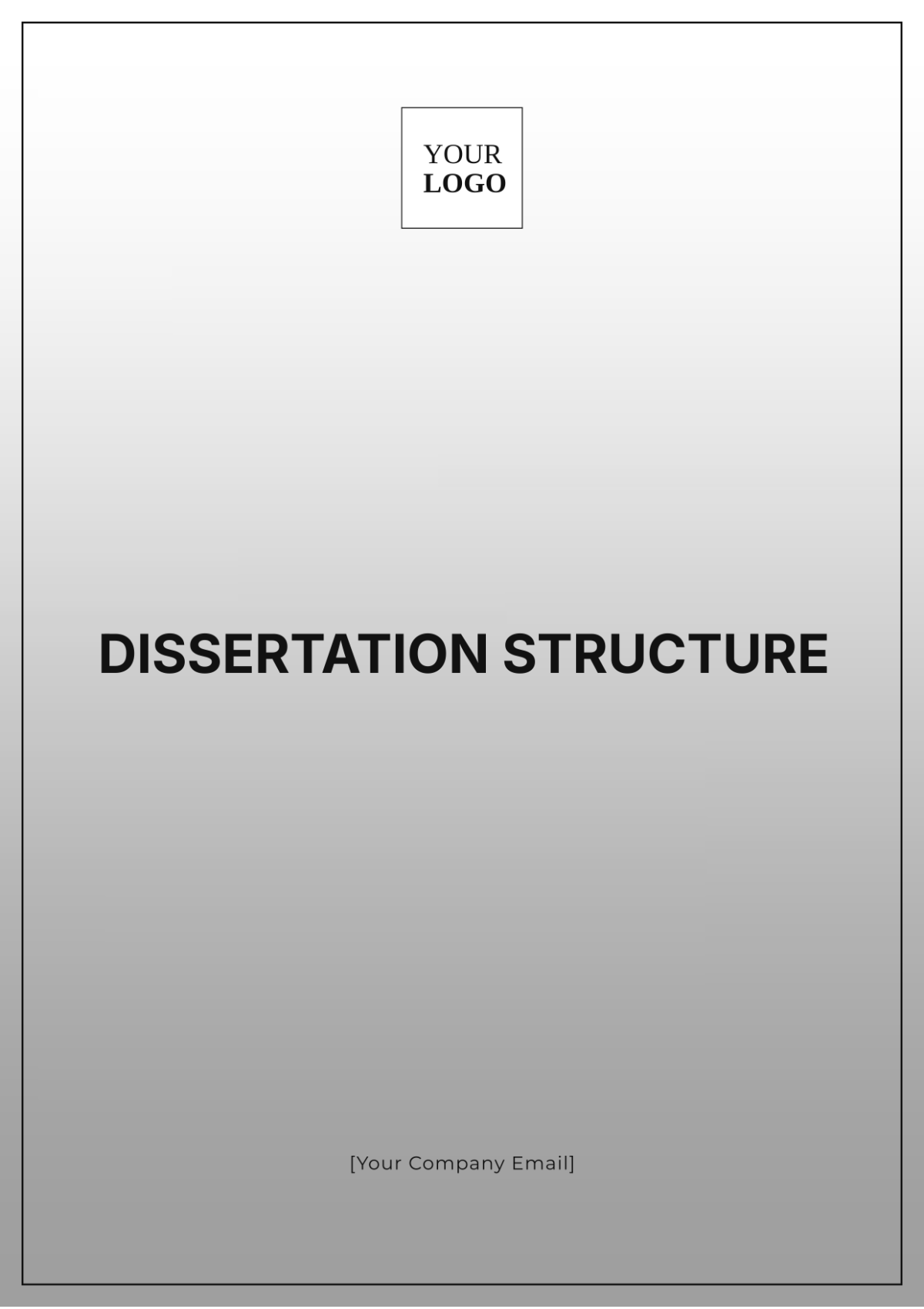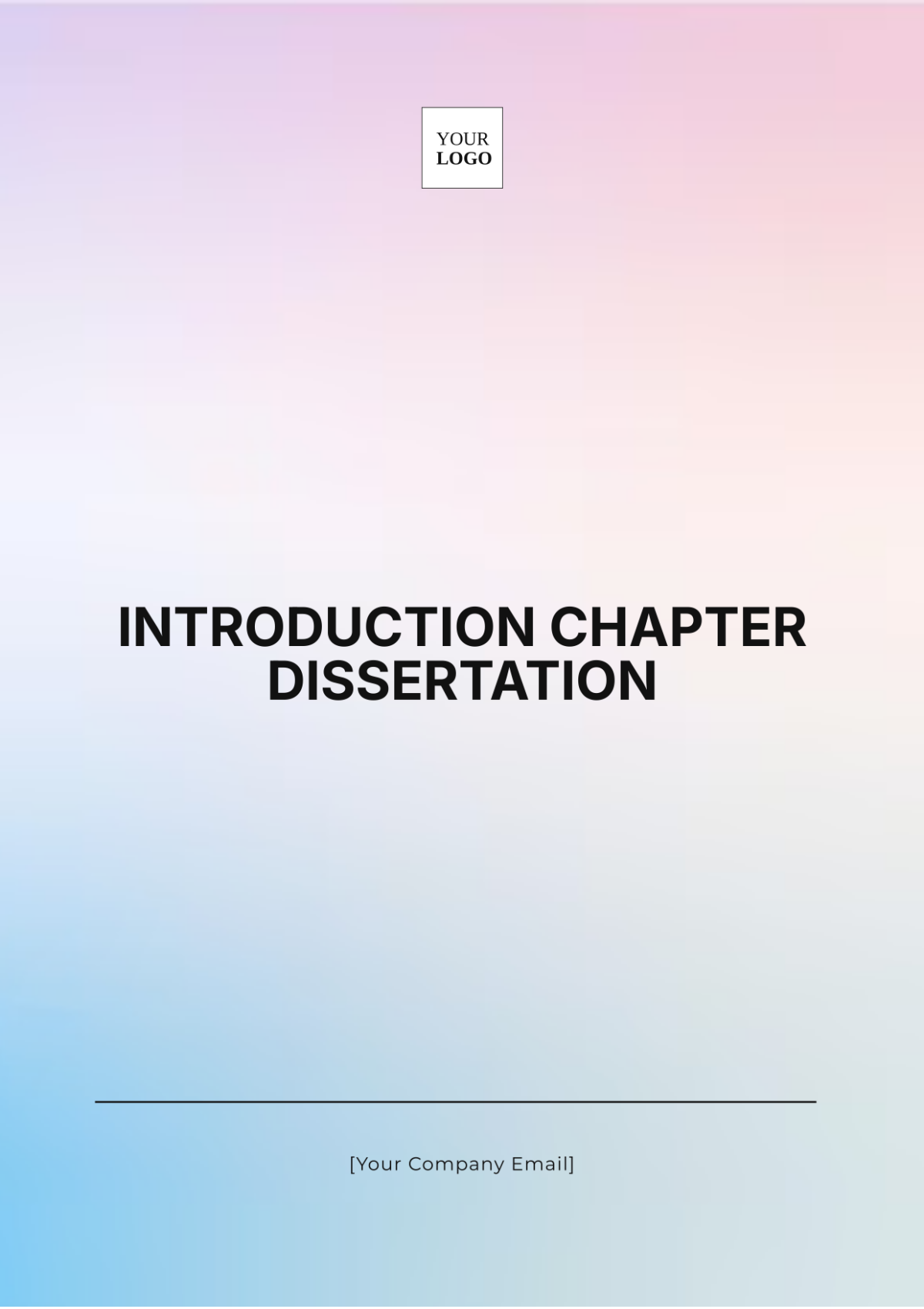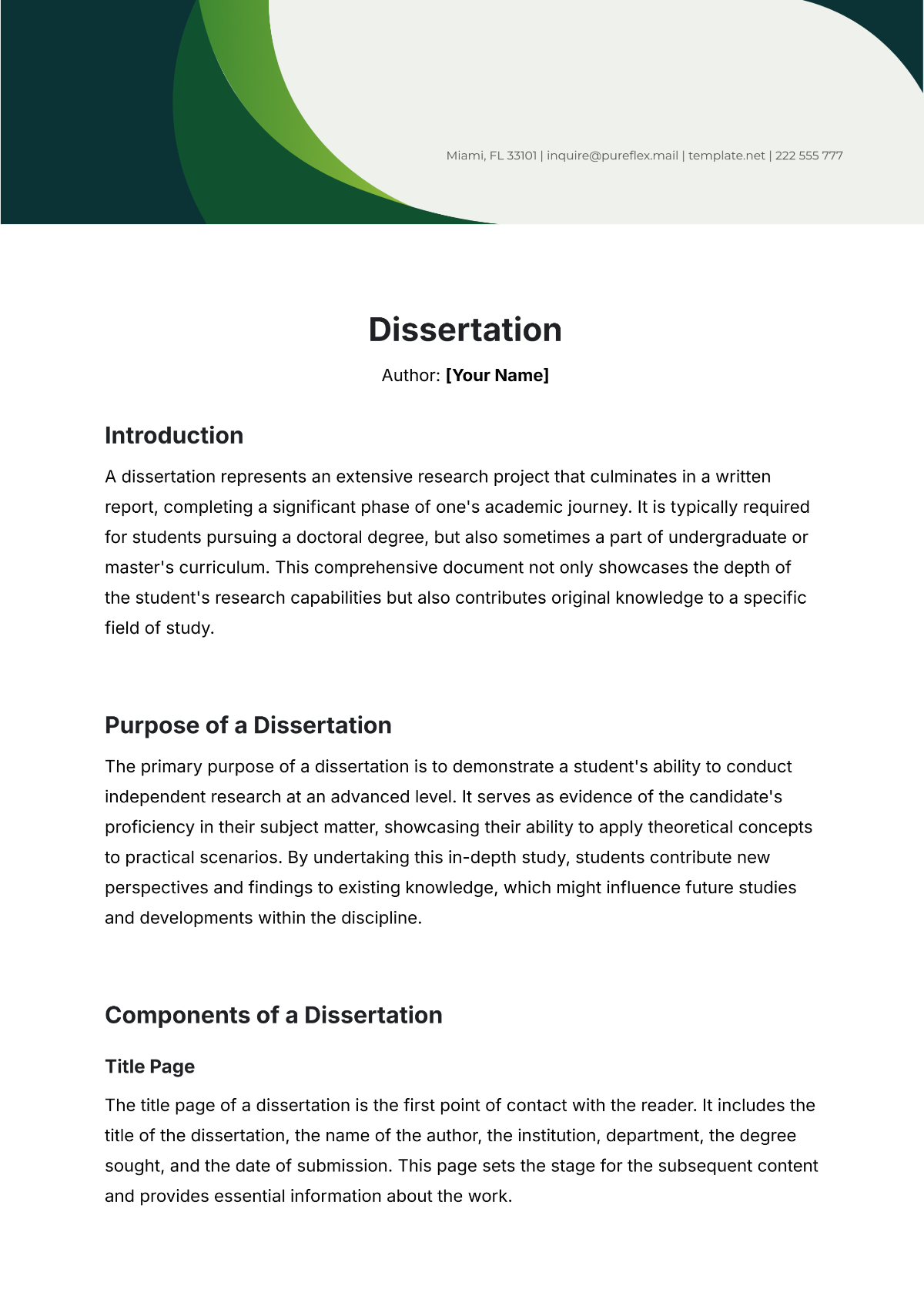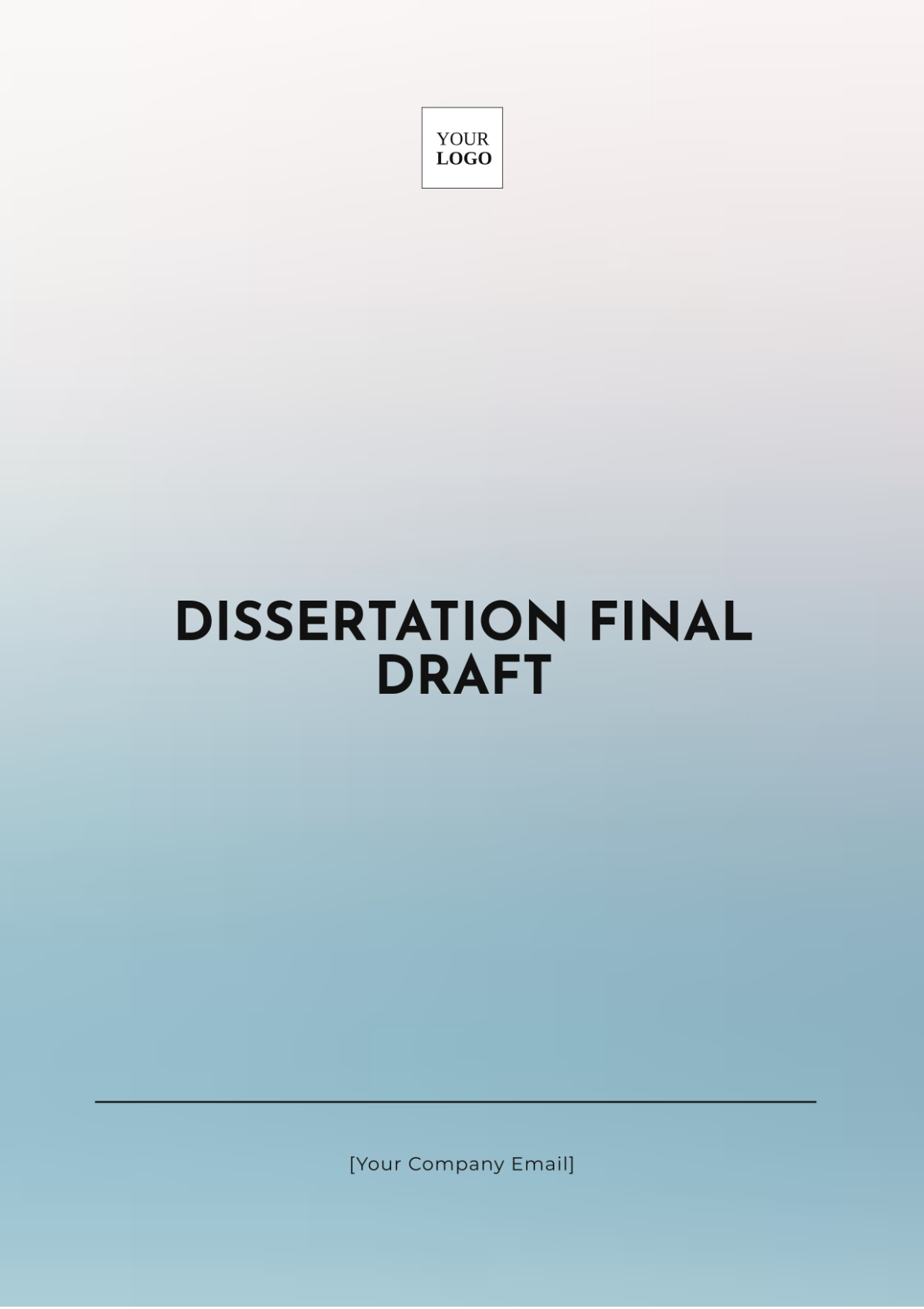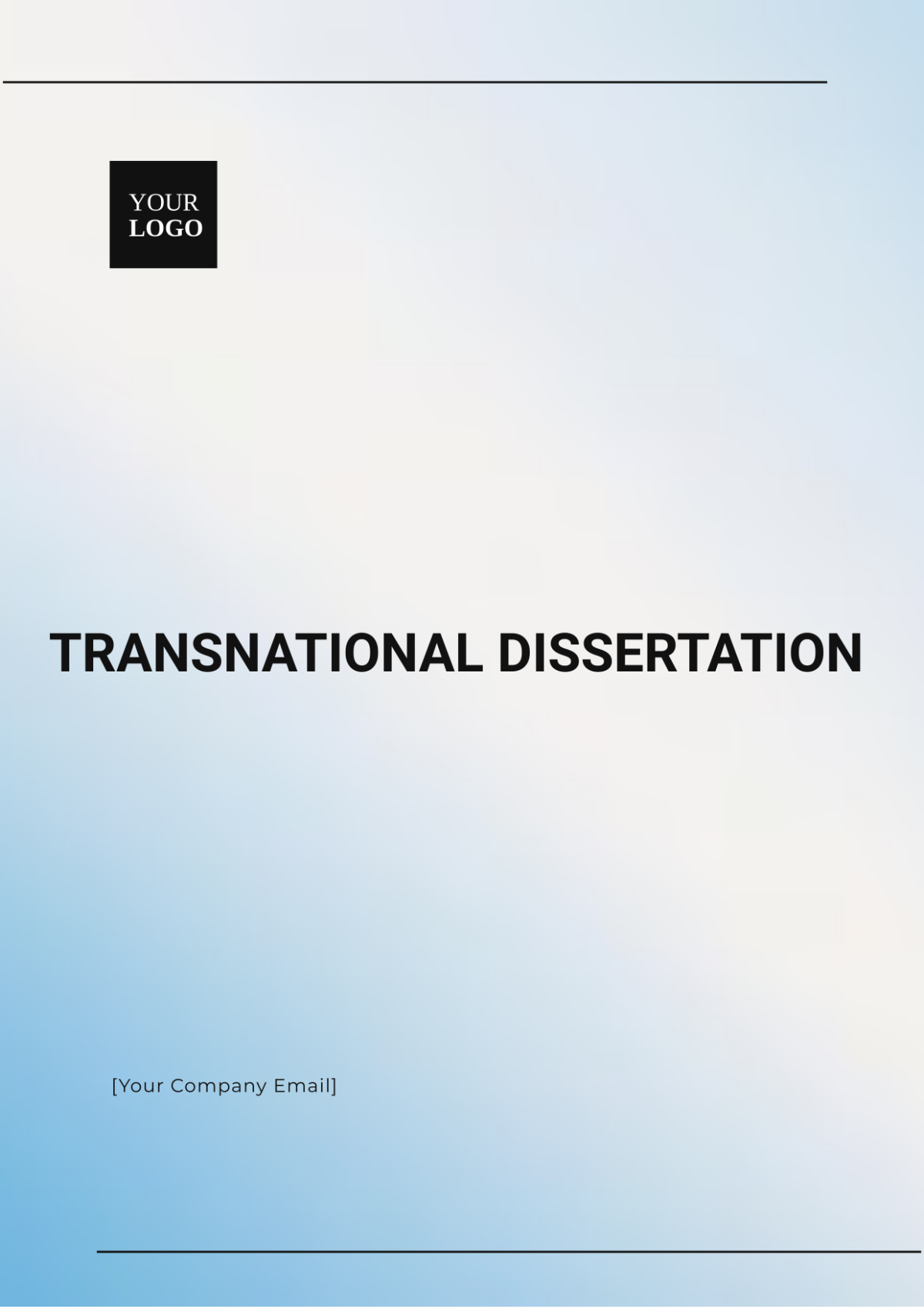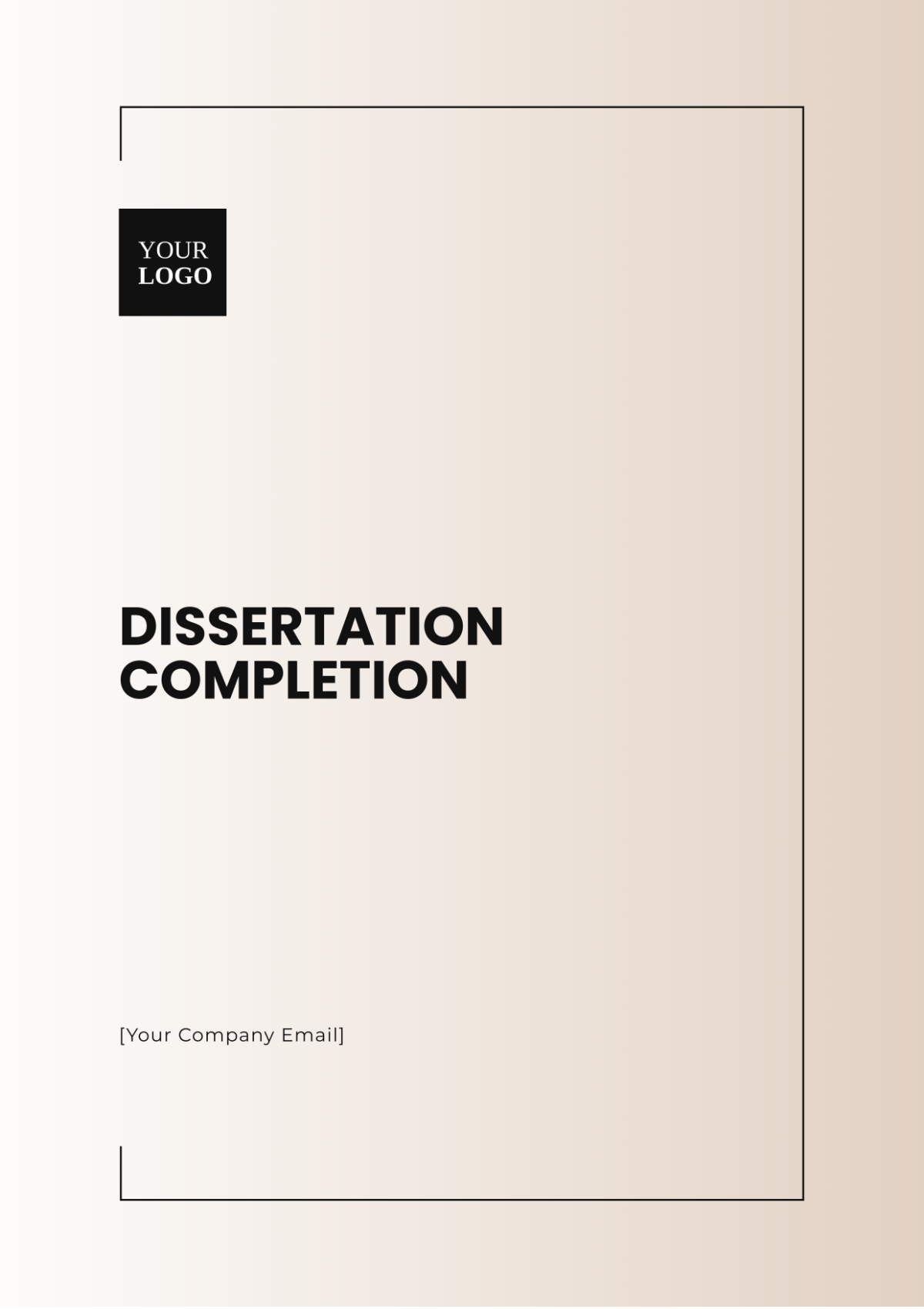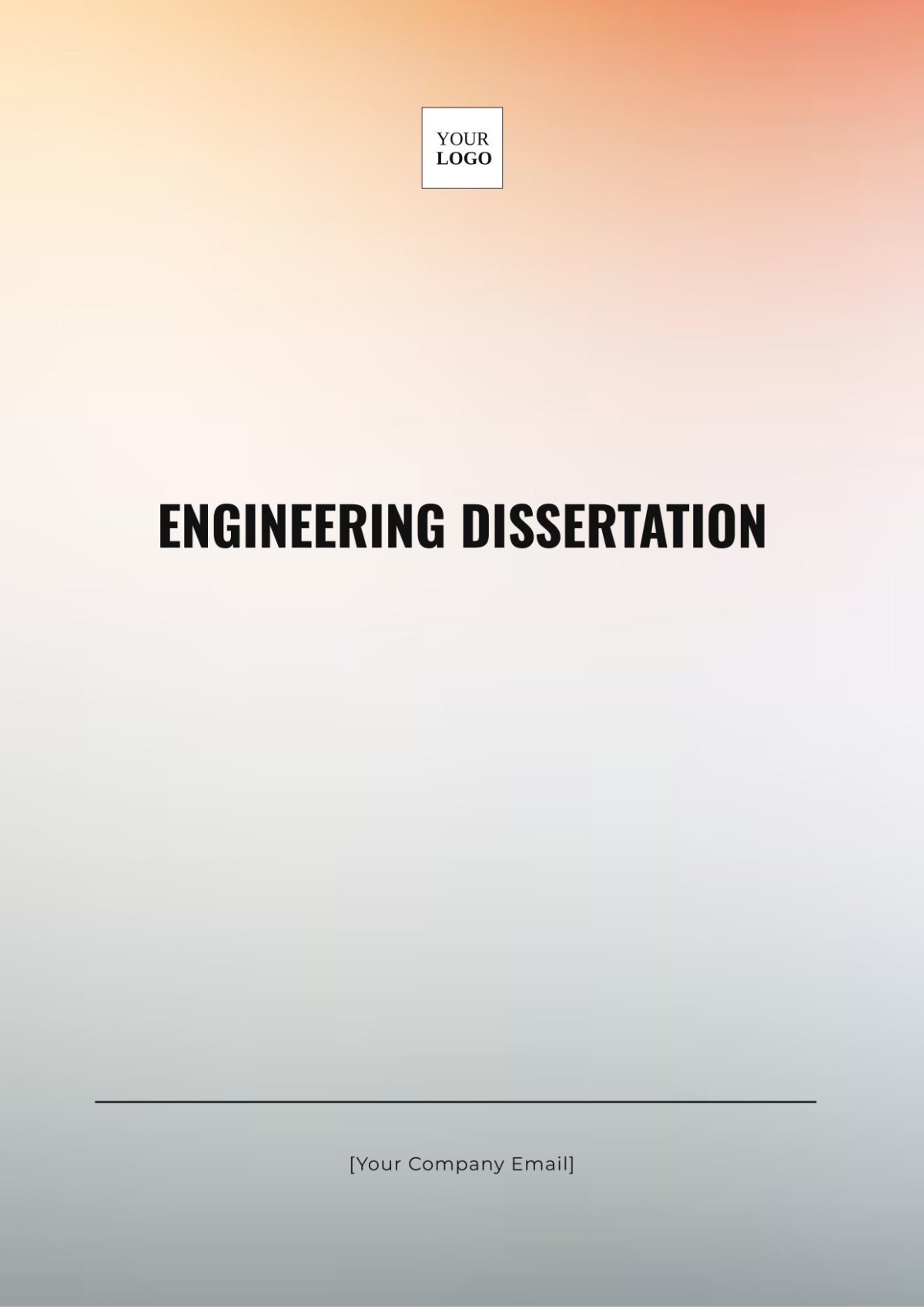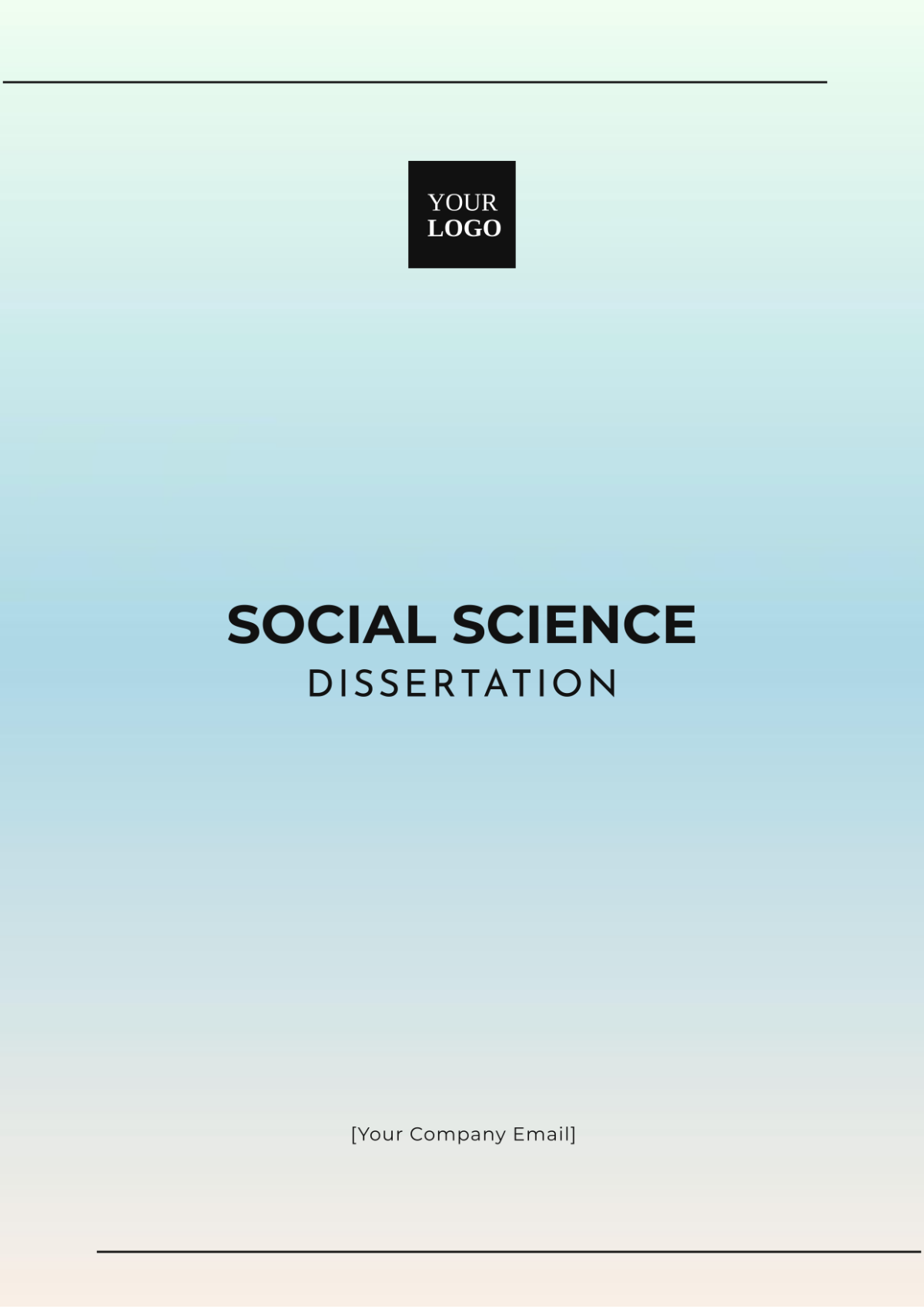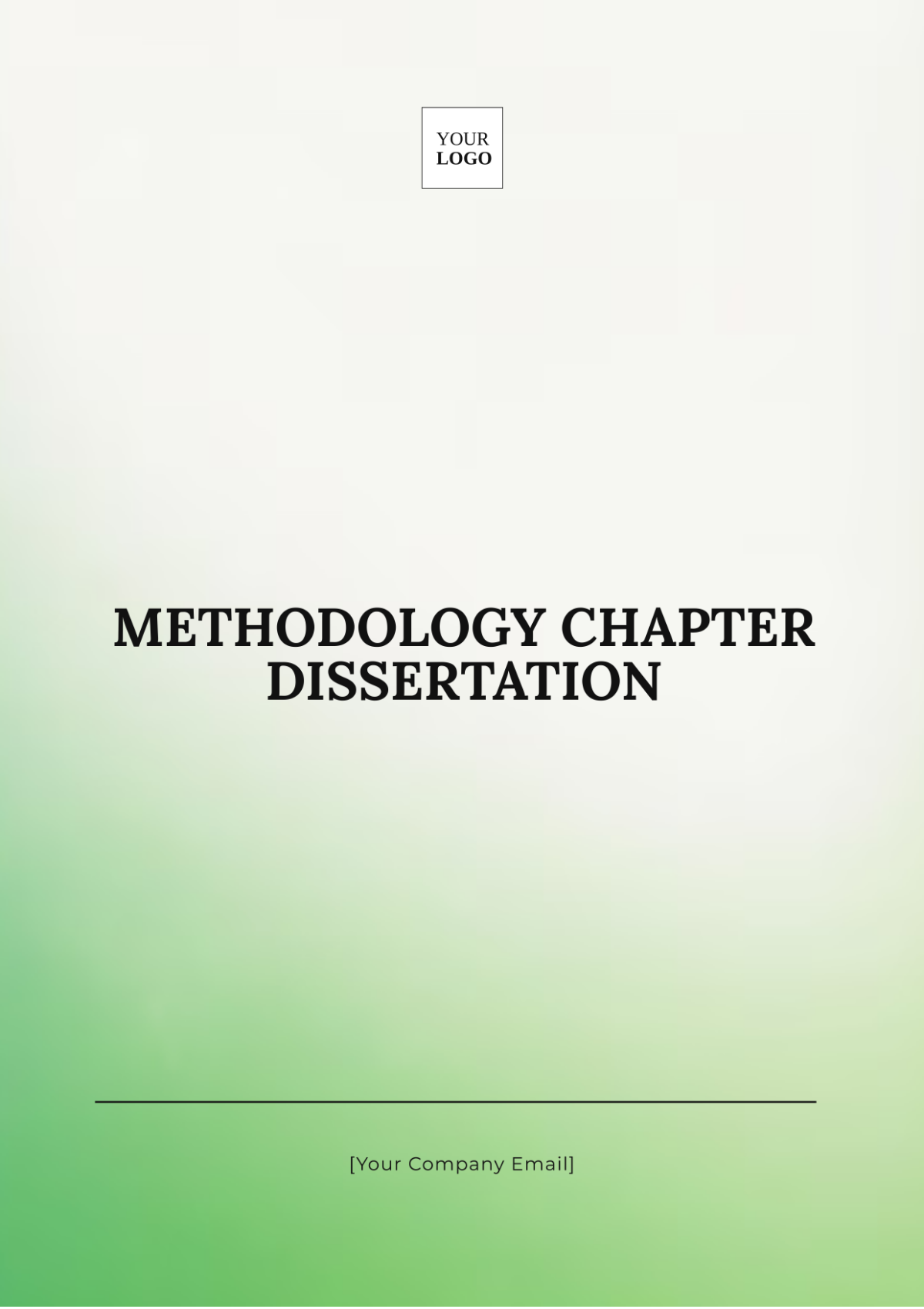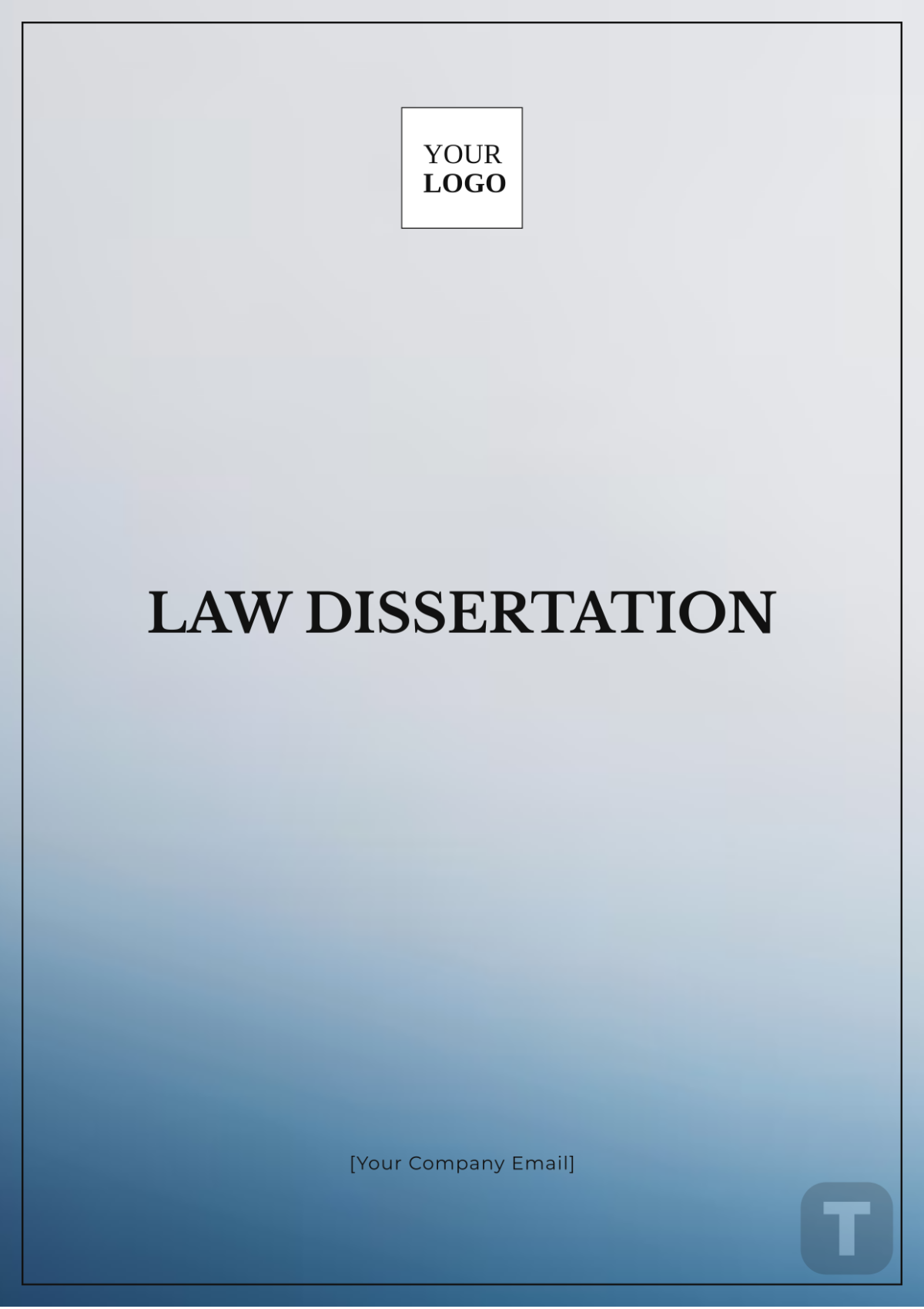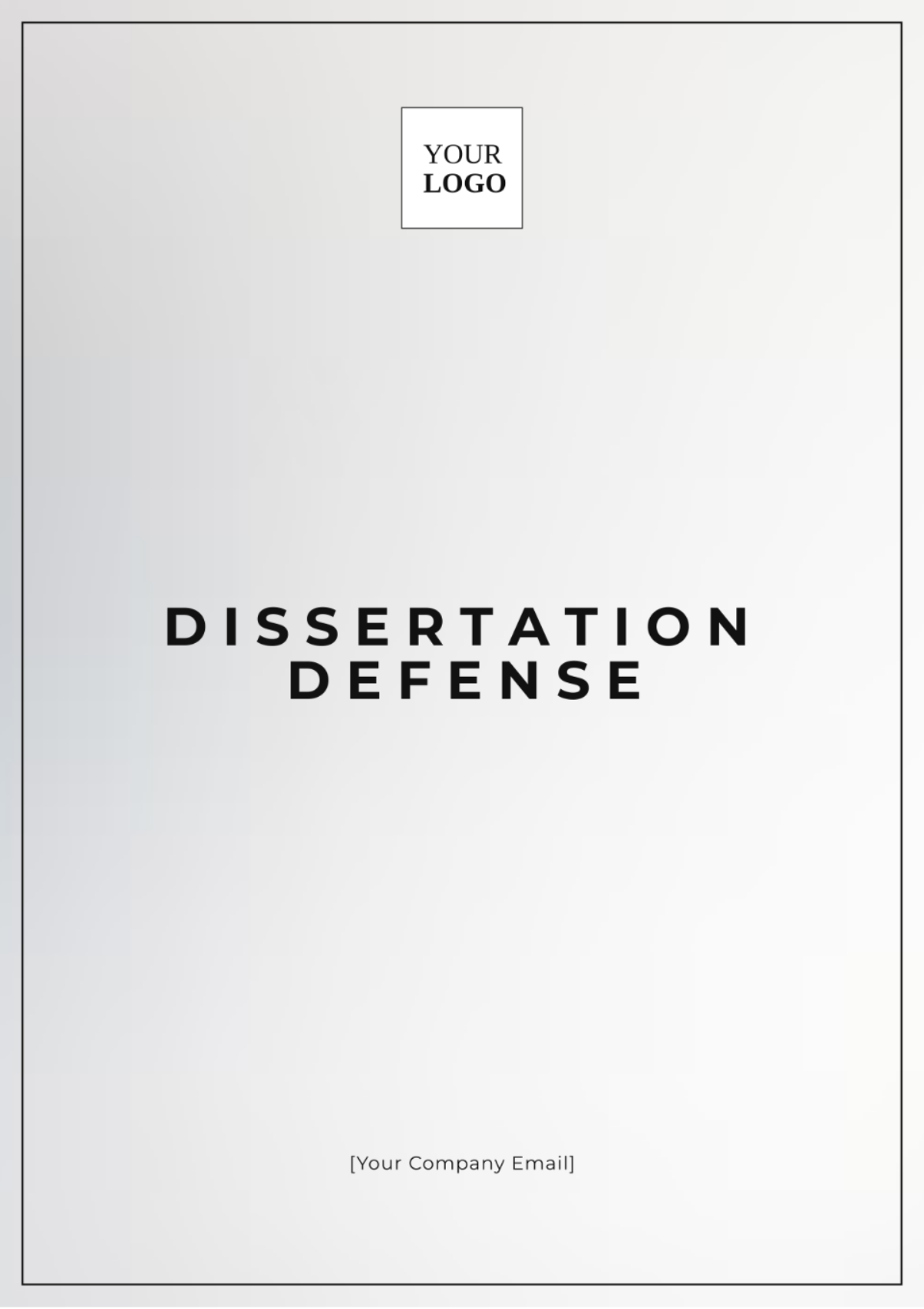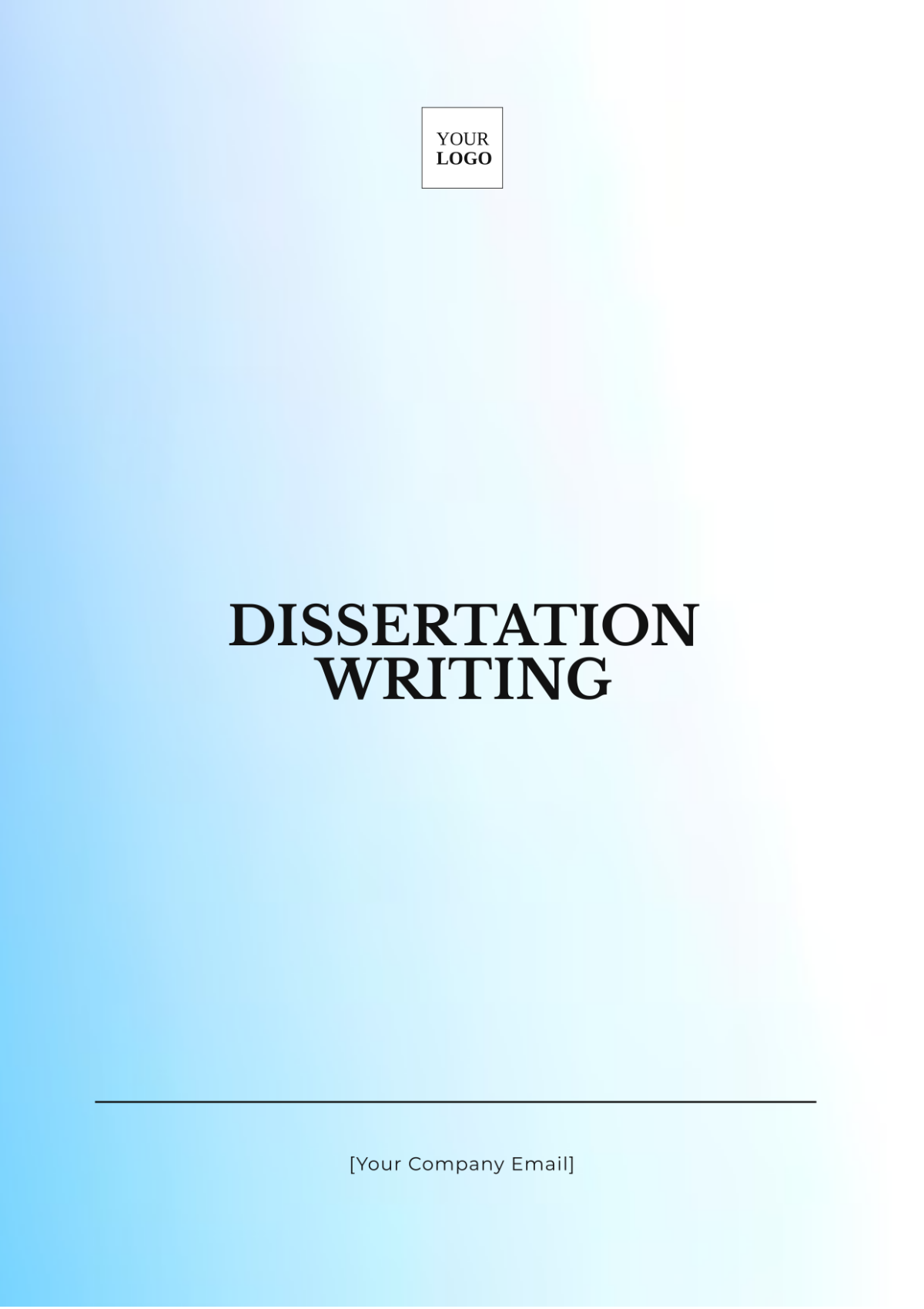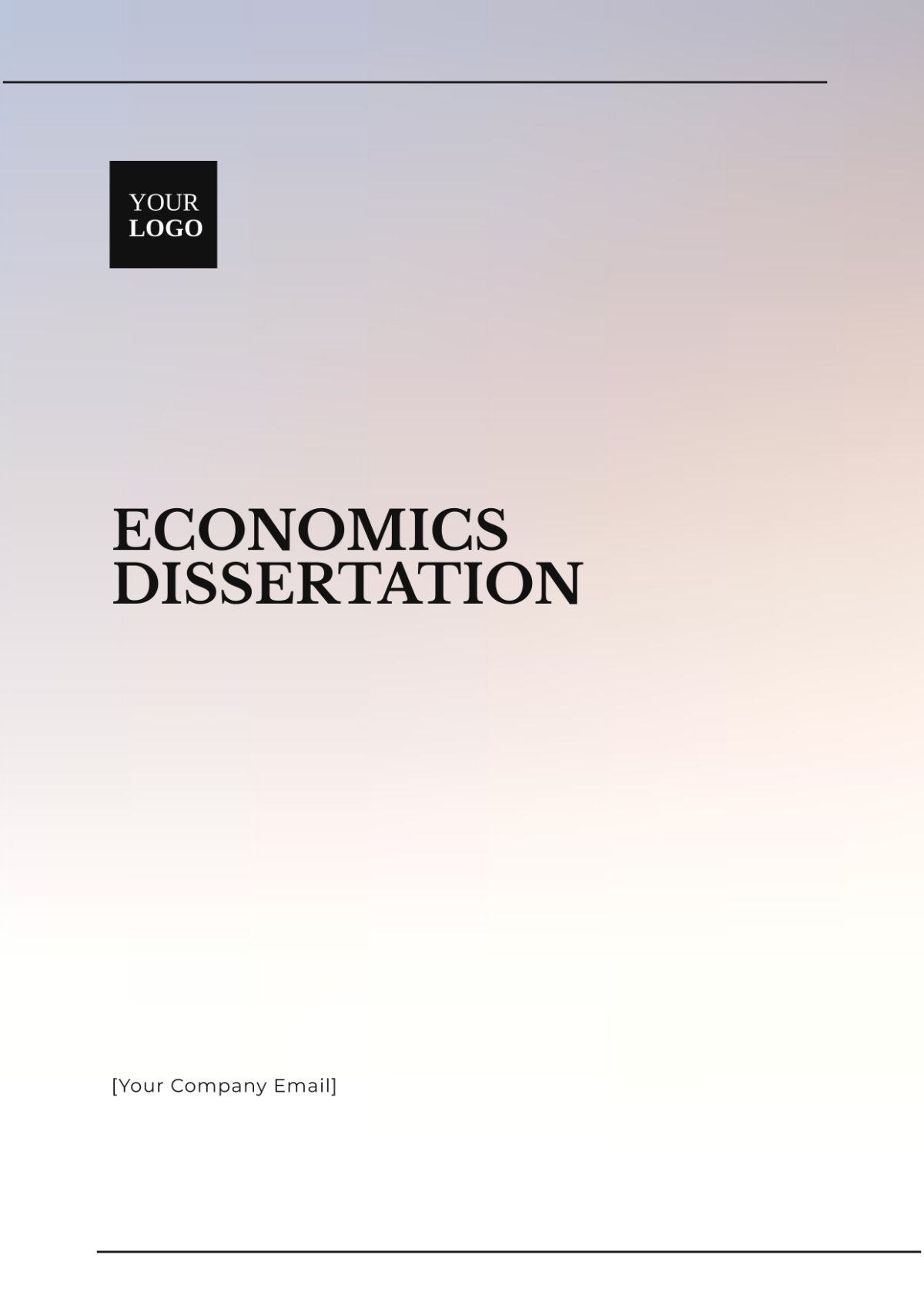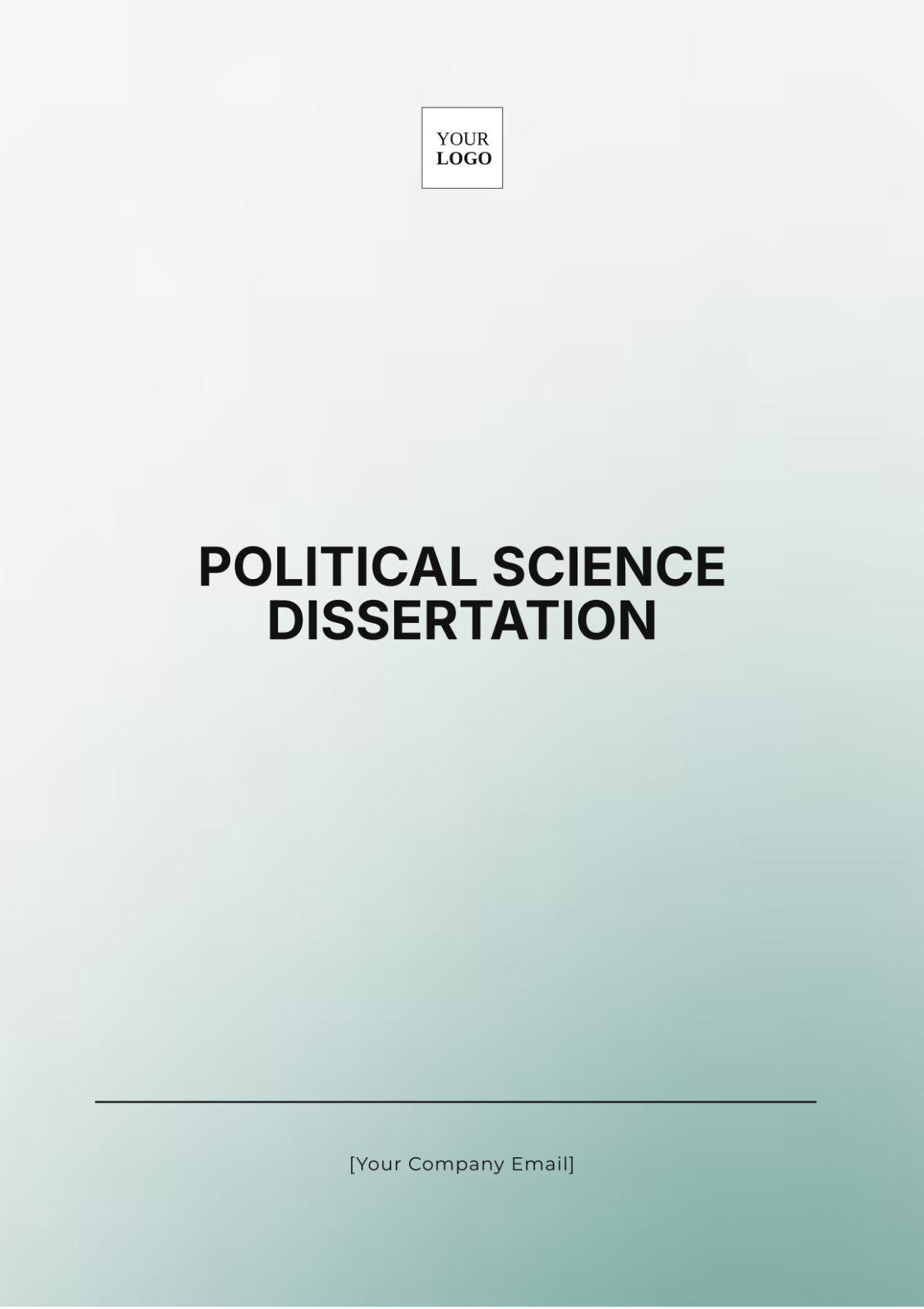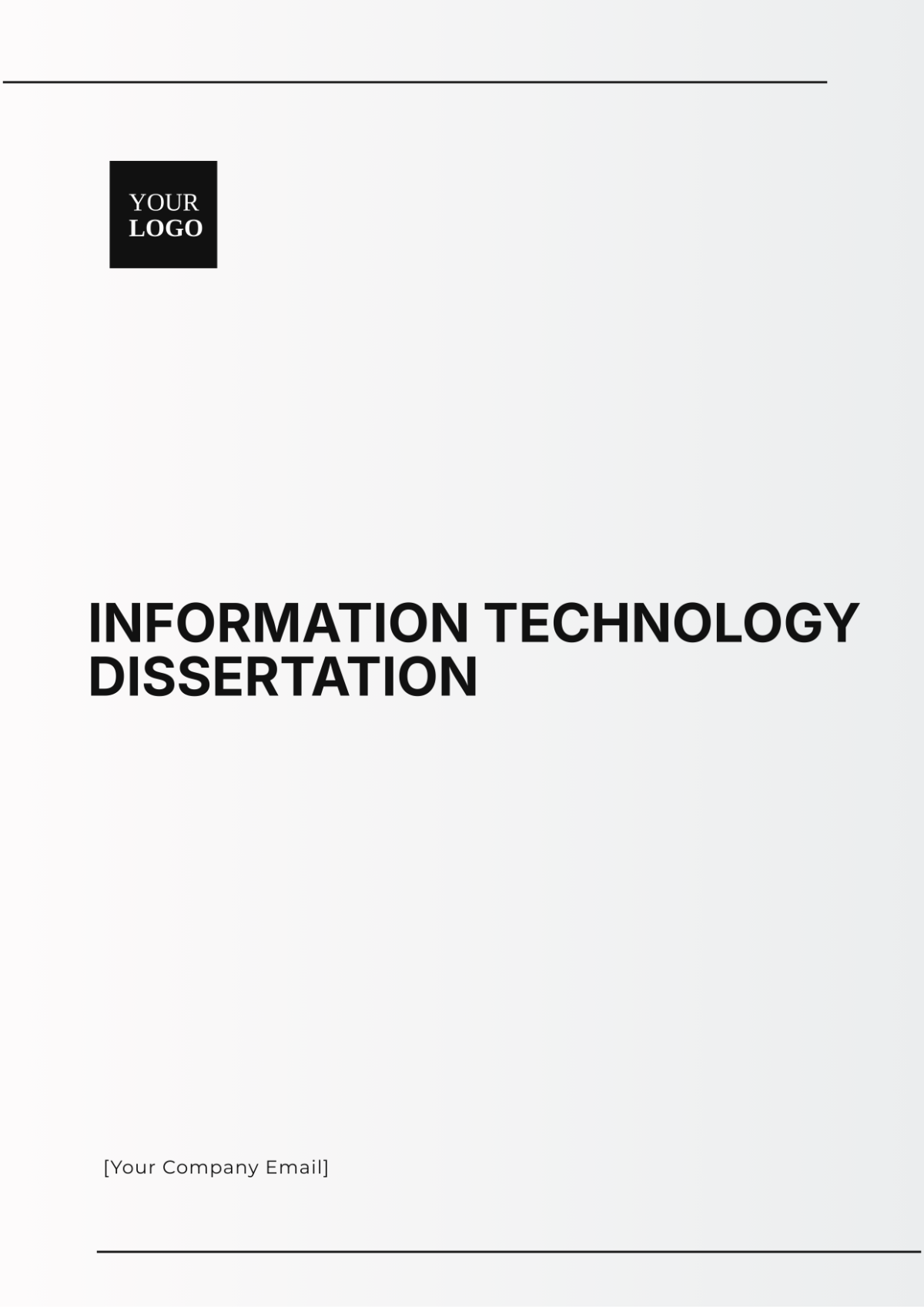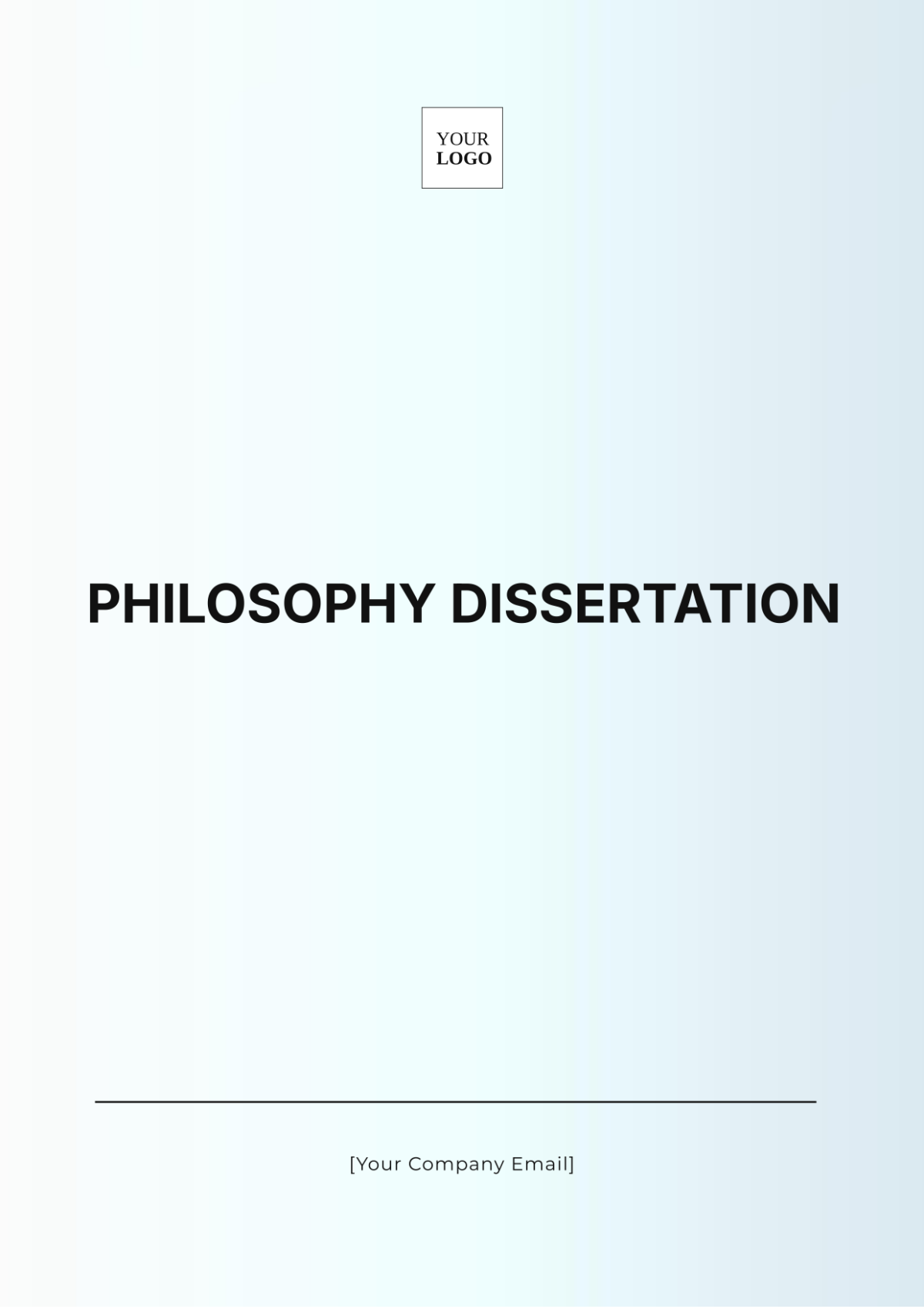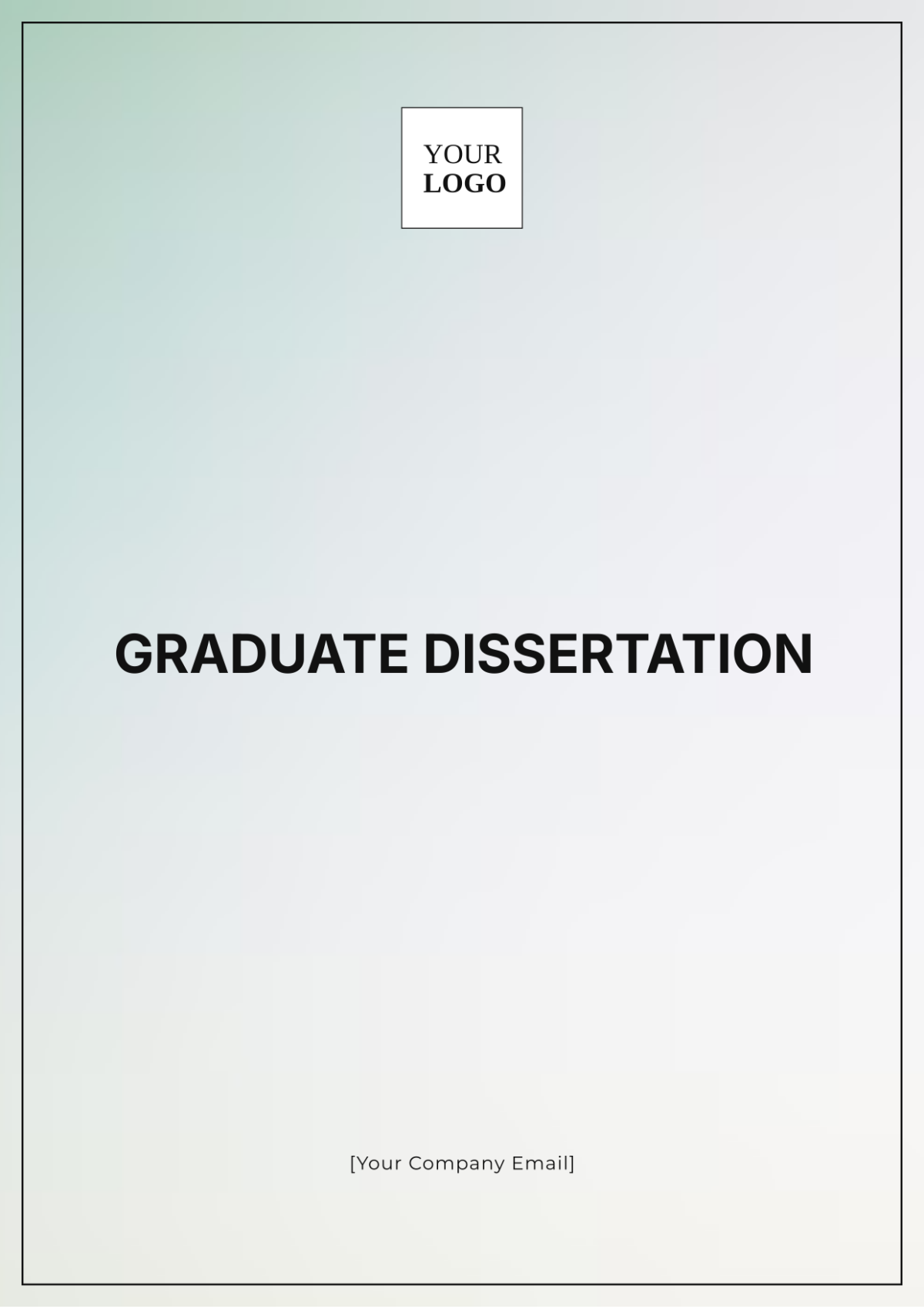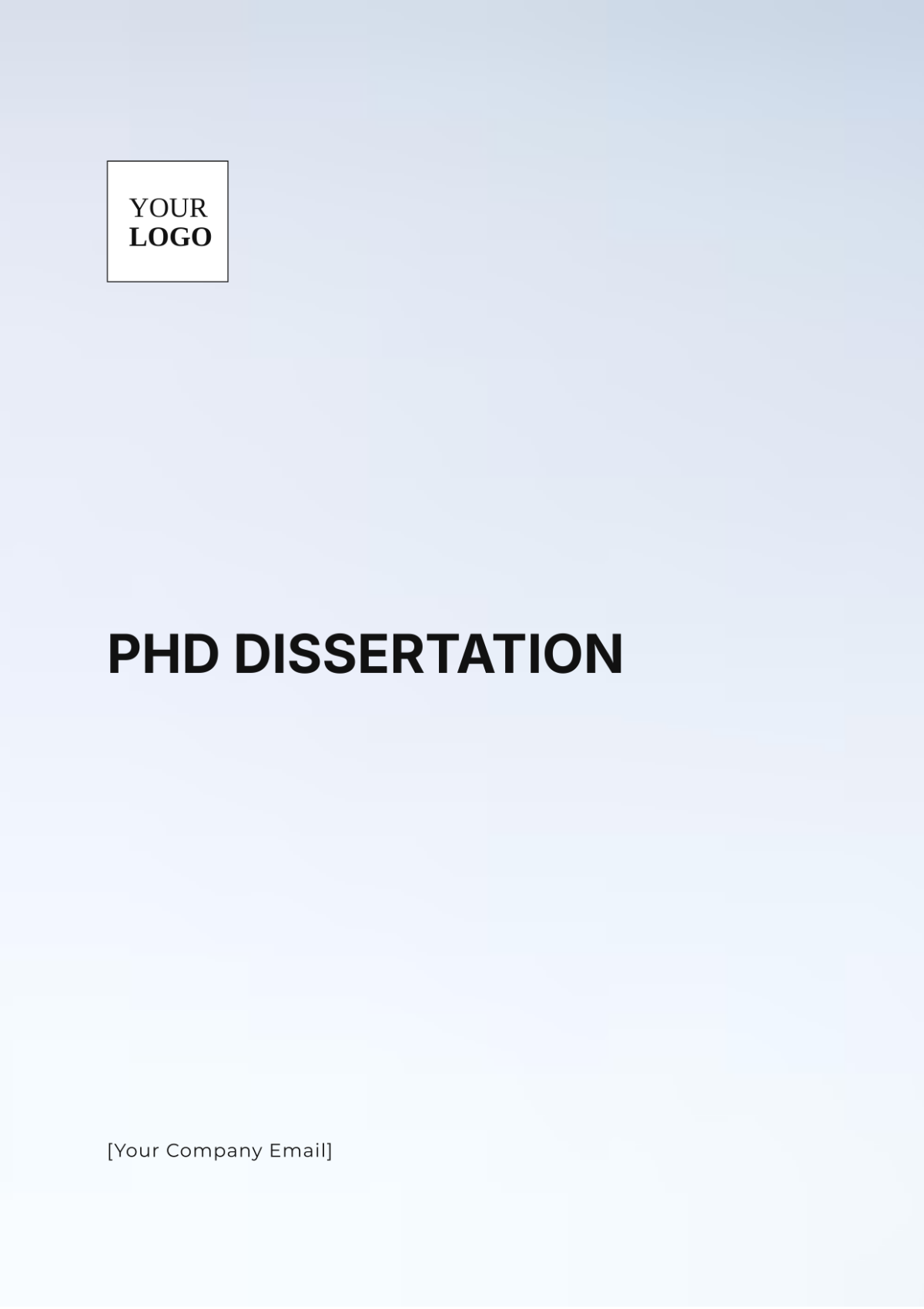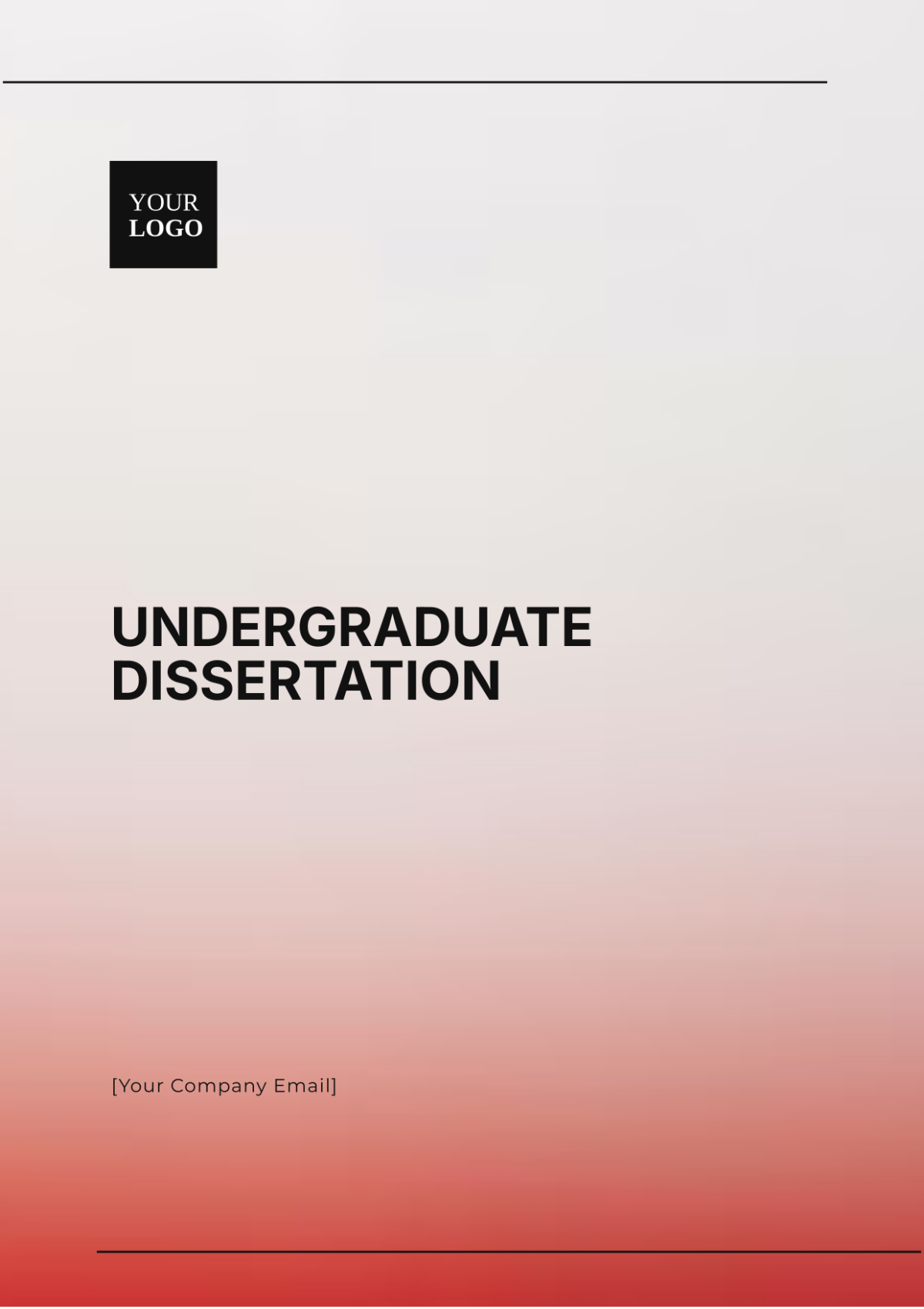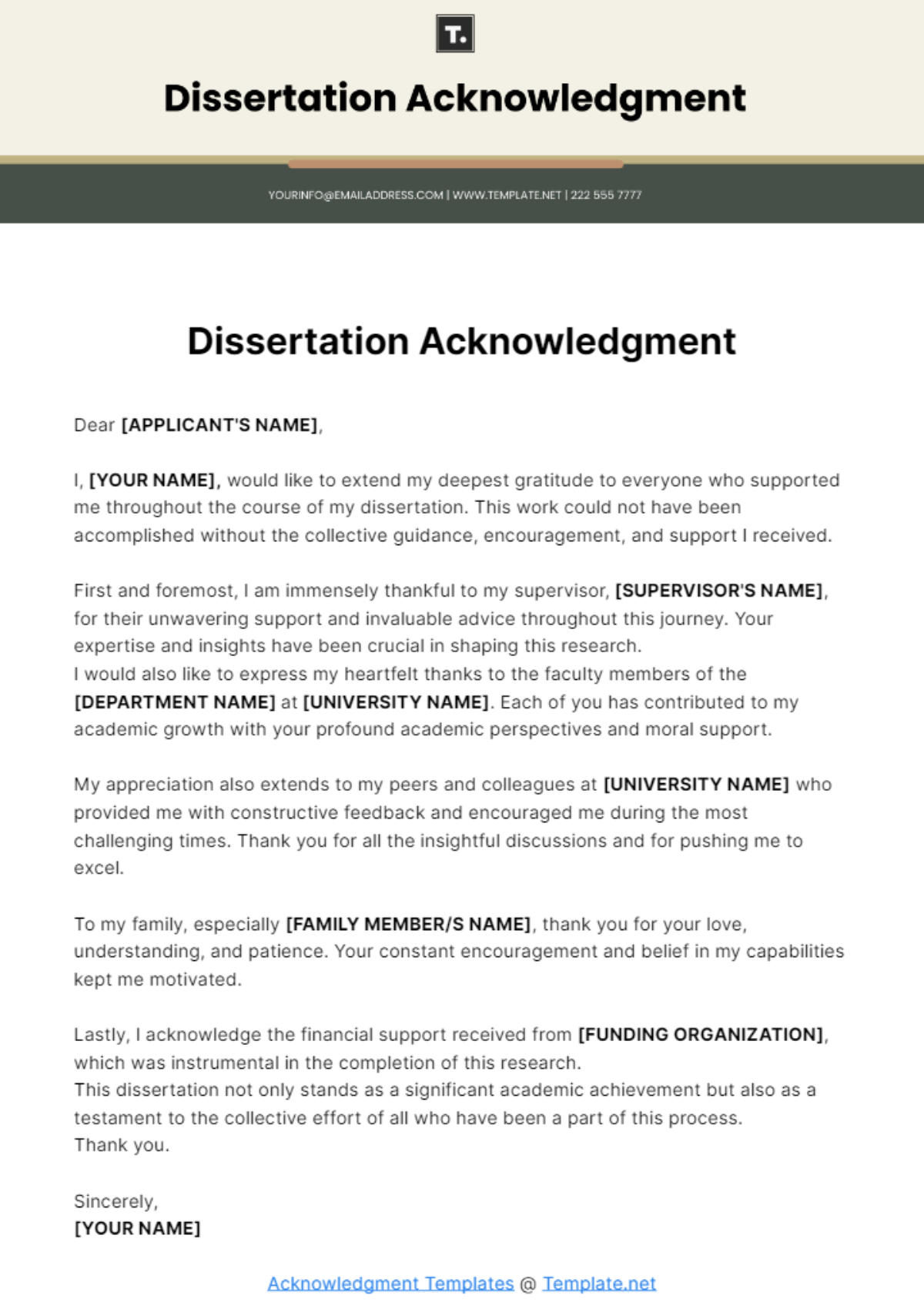Dissertation Journal Article
Title: Exploring the Impact of Digital Learning Tools on Student Engagement in Higher Education
Prepared by: [Your Name]
Date: [Date]
I. Abstract
This study examines the influence of digital learning tools on student engagement in higher education. Utilizing a mixed-methods approach, the research analyzes quantitative data from surveys and qualitative data from interviews. Findings indicate that digital tools significantly enhance engagement, particularly through interactive features and multimedia content. The study contributes to understanding how technology can improve educational outcomes and offers recommendations for integrating digital tools into curricula.
II. Introduction
The advent of digital technology has transformed educational practices, particularly in higher education. This research explores how digital learning tools impact student engagement, a critical factor in academic success. Engagement, defined as students' emotional and cognitive involvement in learning activities, is vital for effective learning experiences. The study aims to assess how digital tools influence engagement levels and identify key features that contribute to their effectiveness.
III. Literature Review
Previous research highlights the potential of digital tools to enhance student engagement. For instance, Mayer (2050) emphasizes that multimedia learning environments can improve comprehension and retention. Additionally, Freeman et al. (2054) find that interactive tools, such as simulations and collaborative platforms, foster greater participation and motivation. However, studies like those by Cavanaugh (2050) argue that the effectiveness of digital tools varies based on their implementation and students' prior experience with technology.
IV. Methodology
A mixed-methods approach was employed to gather comprehensive data on the impact of digital learning tools. The quantitative component involved a survey of 200 undergraduate students using a 5-point Likert scale to measure engagement levels before and after using digital tools. The qualitative component consisted of semi-structured interviews with 20 students to gain deeper insights into their experiences and perceptions. Data were analyzed using statistical techniques for the survey results and thematic analysis for the interview transcripts.
V. Results
Quantitative analysis revealed a significant increase in engagement scores after the introduction of digital tools (p < 0.05). Students reported higher levels of interaction and motivation. Qualitative data highlighted that features such as interactive simulations and multimedia presentations were particularly valued. However, some students expressed concerns about the learning curve associated with new technologies and occasional technical difficulties.
VI. Discussion
The results suggest that digital learning tools can effectively enhance student engagement, supporting findings from Mayer (2050) and Freeman et al. (2054). Interactive and multimedia features were found to be particularly influential, aligning with the theoretical frameworks of multimedia learning. The study also identifies potential challenges, such as technological barriers and adaptation issues, which need to be addressed for optimal implementation. The findings underscore the importance of careful integration and support for technology in educational settings.
VII. Conclusion
Digital learning tools have a positive impact on student engagement in higher education, primarily through their interactive and multimedia capabilities. Institutions should consider these tools' benefits when designing curricula and provide adequate support to mitigate challenges. Future research could explore the long-term effects of digital tool usage and their impact on different academic disciplines.
VIII. References
Cavanaugh, C. (2050). The impact of distance learning on higher education. Educational Technology Research and Development, 49(3), 23-42.
Freeman, S., Eddy, S. L., McDonough, M., Smith, M. K., & Okoroafor, N. (2054). Active learning increases student performance in science, engineering, and mathematics. Proceedings of the National Academy of Sciences, 111(23), 8410-8415.
Mayer, R. E. (2050). Multimedia learning. Cambridge University Press.
